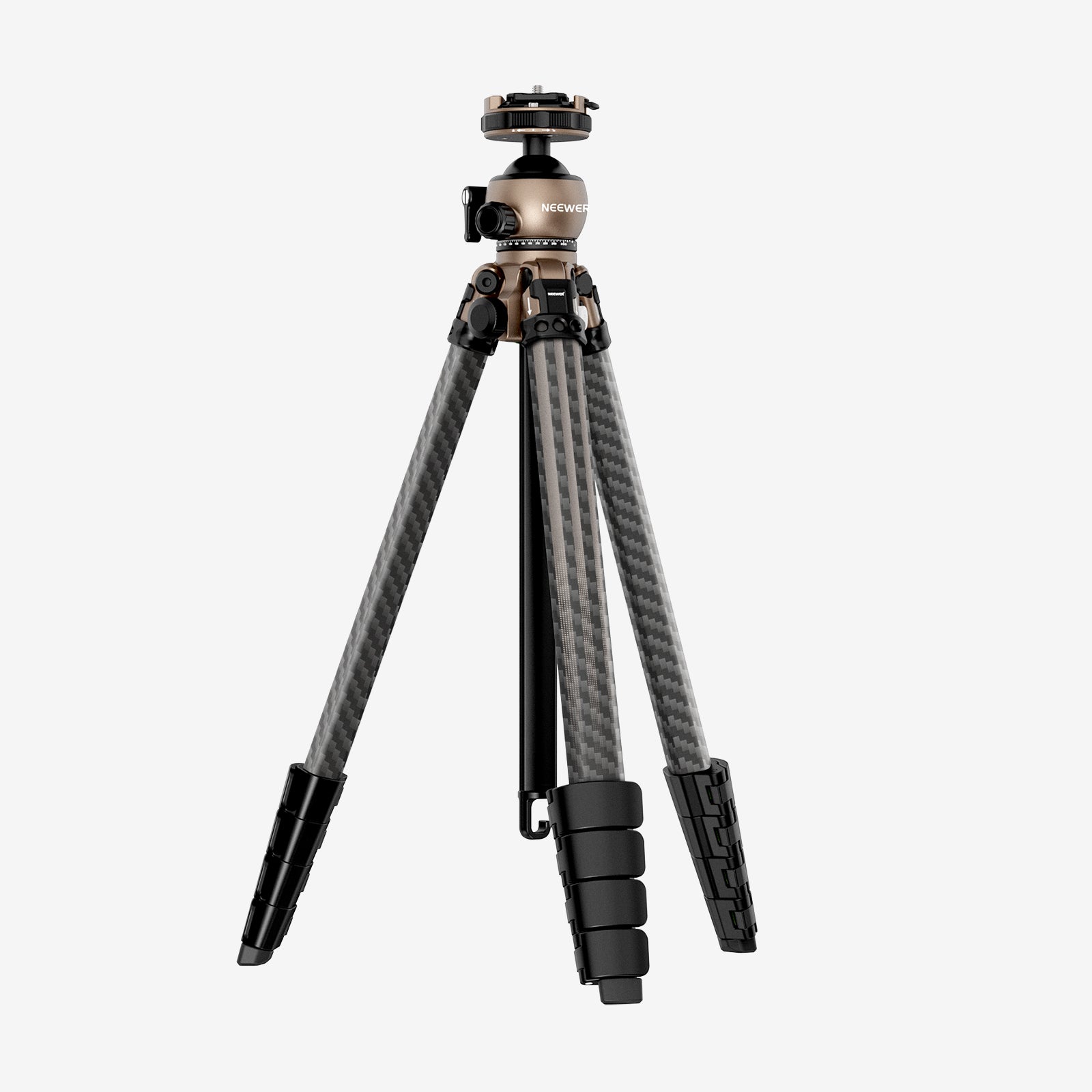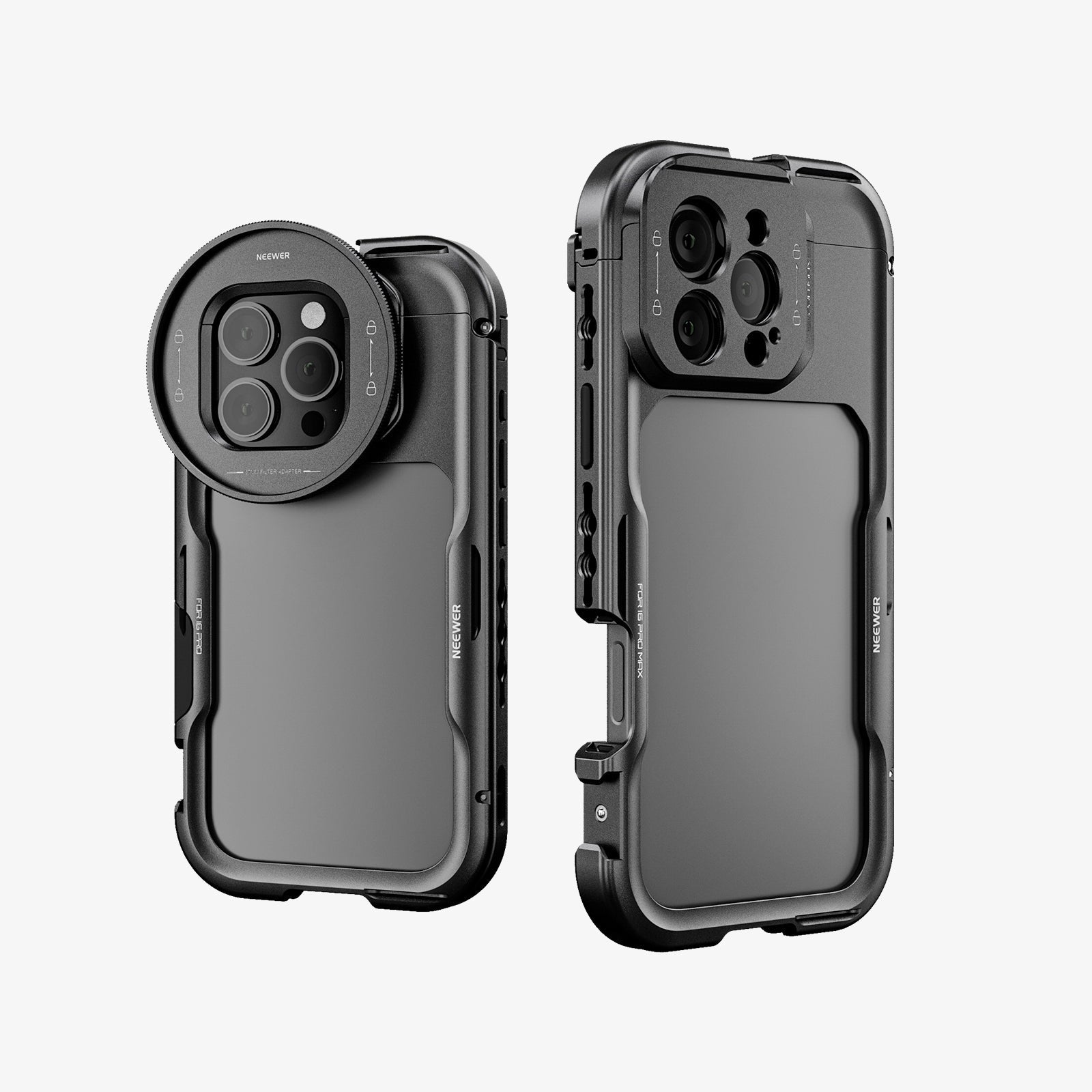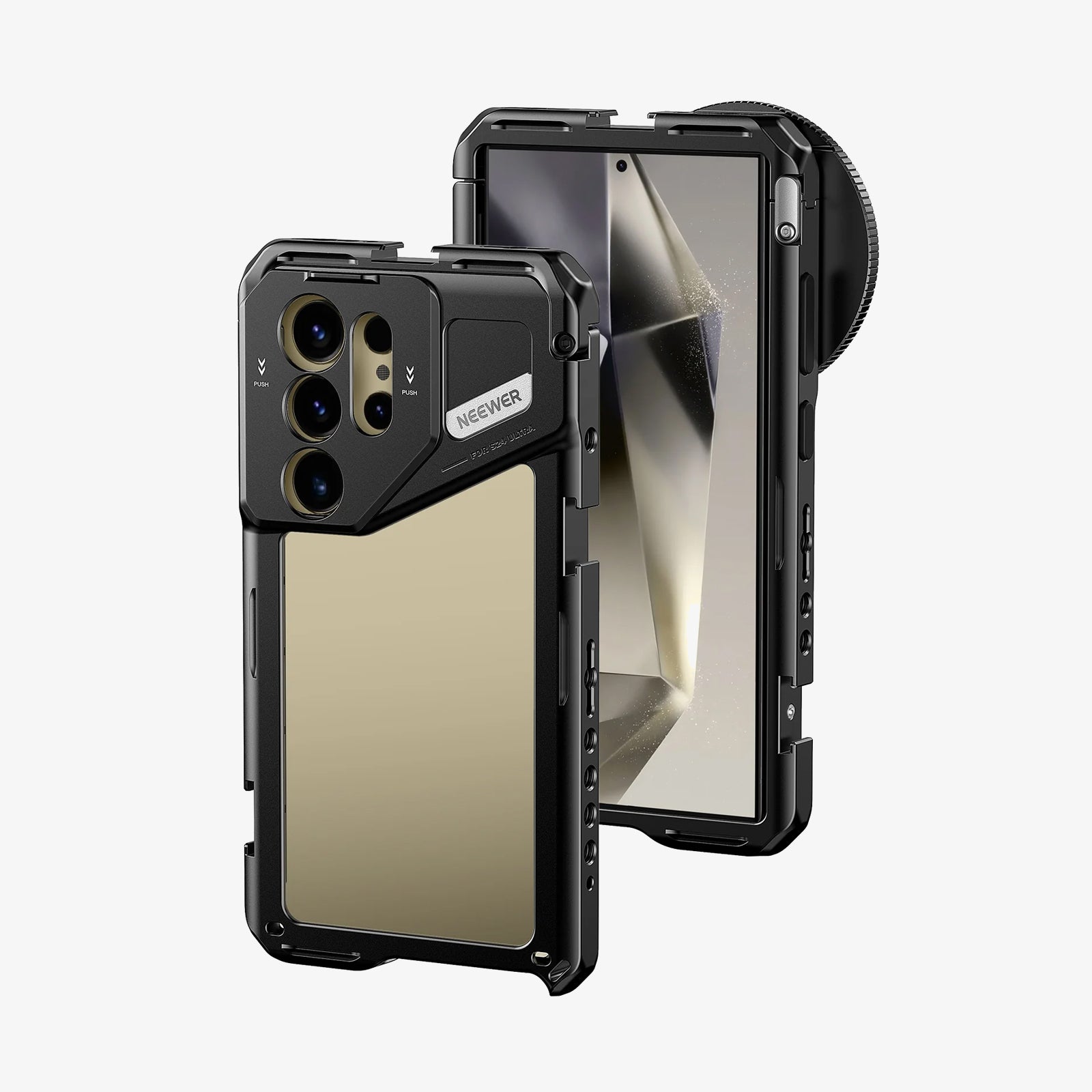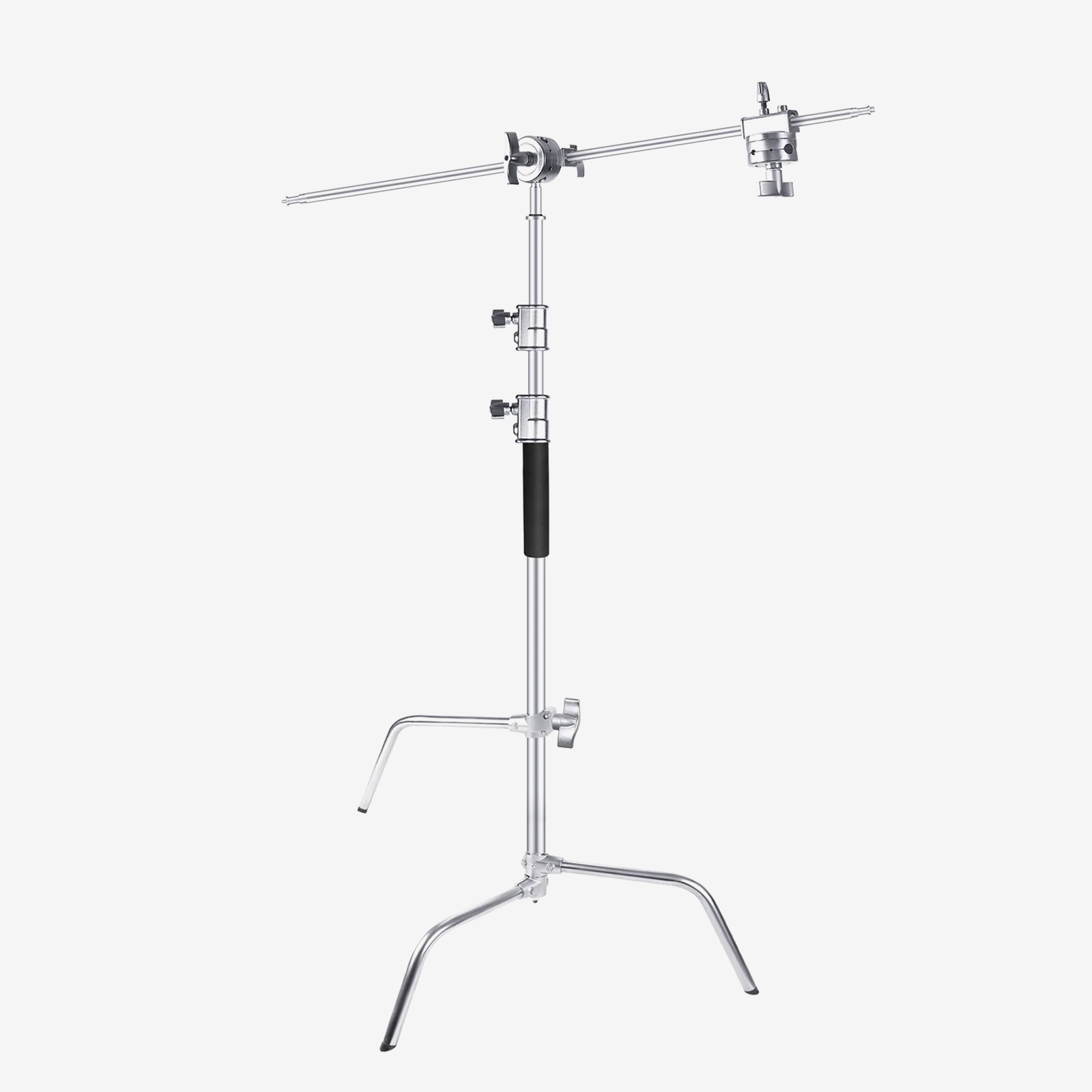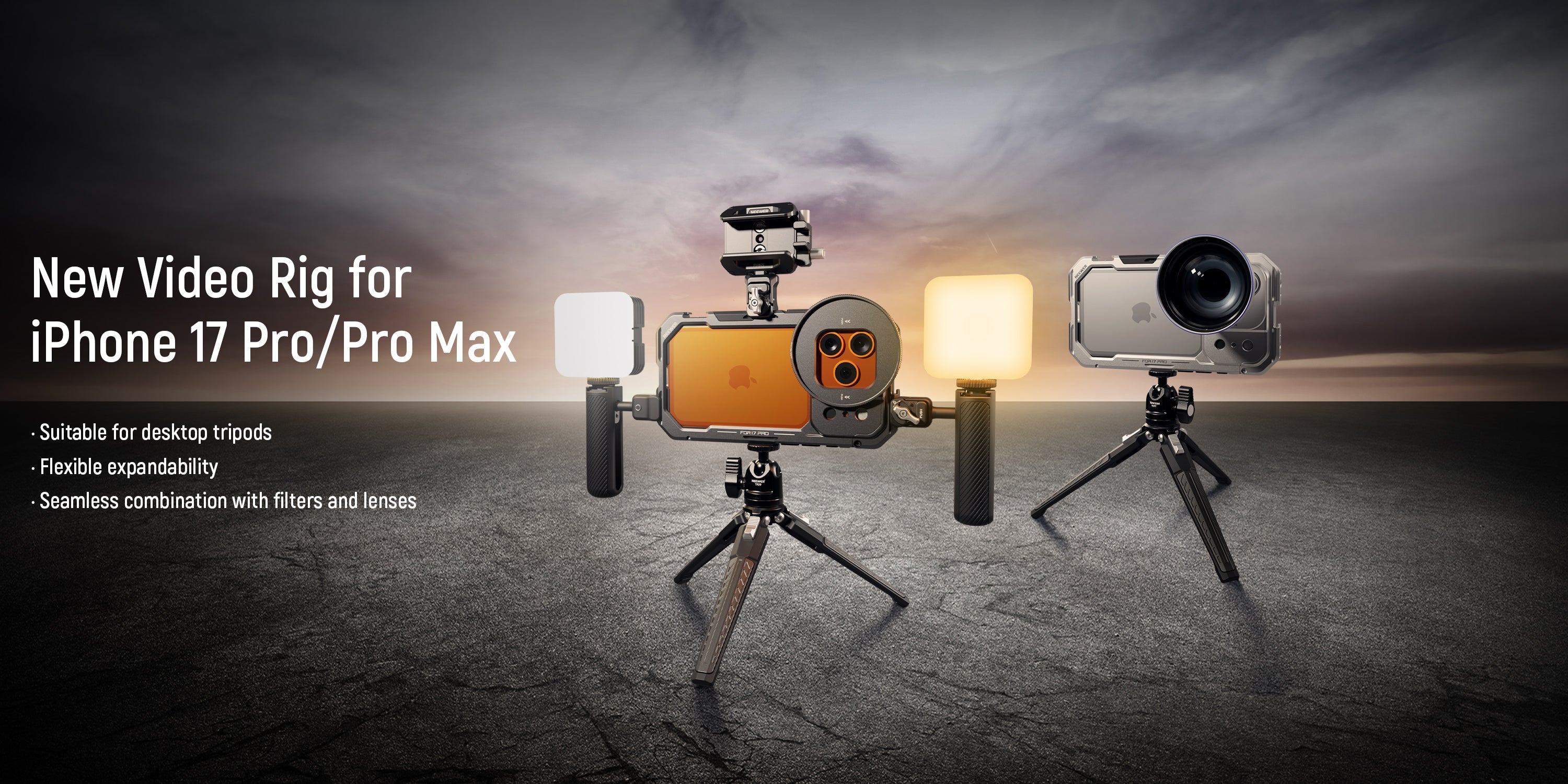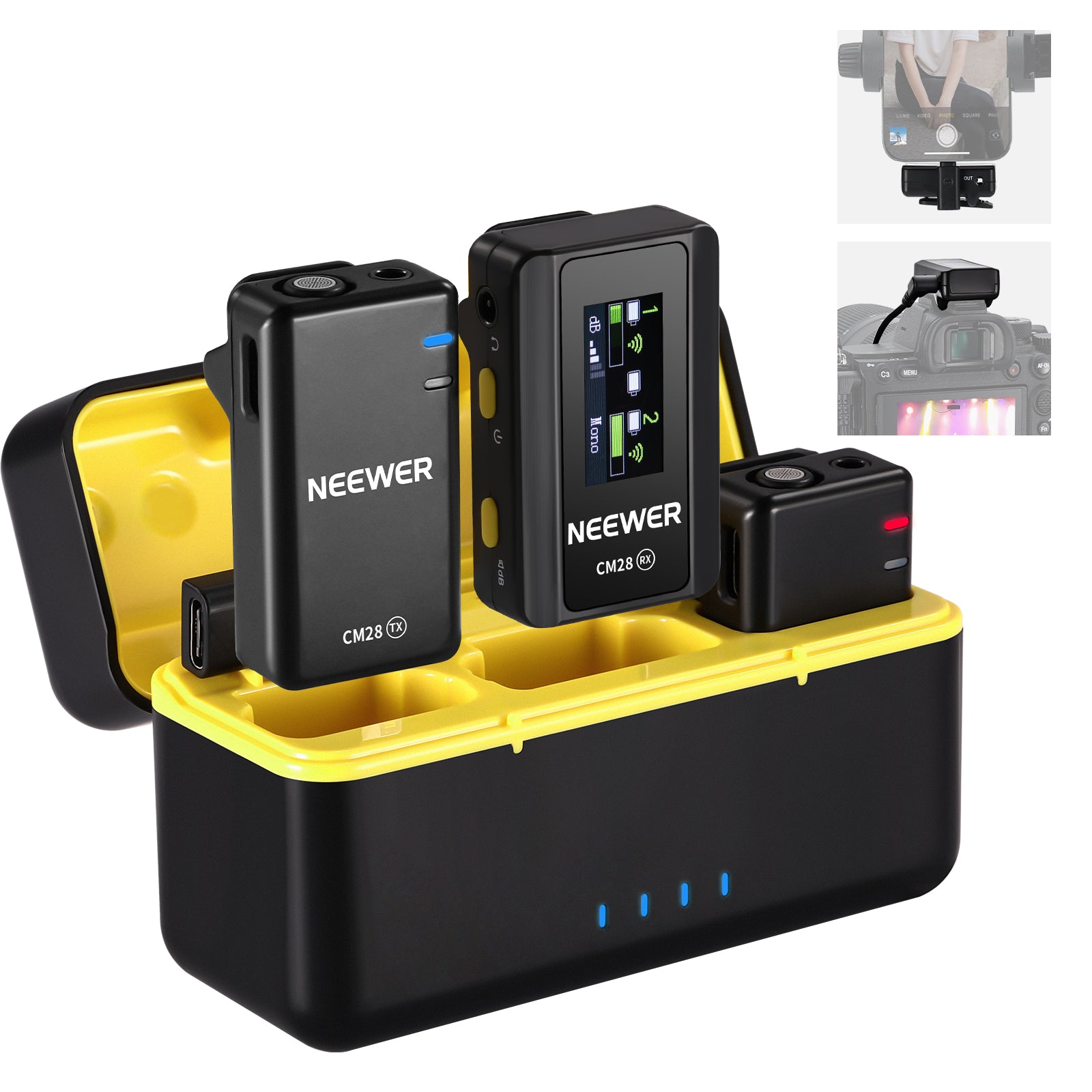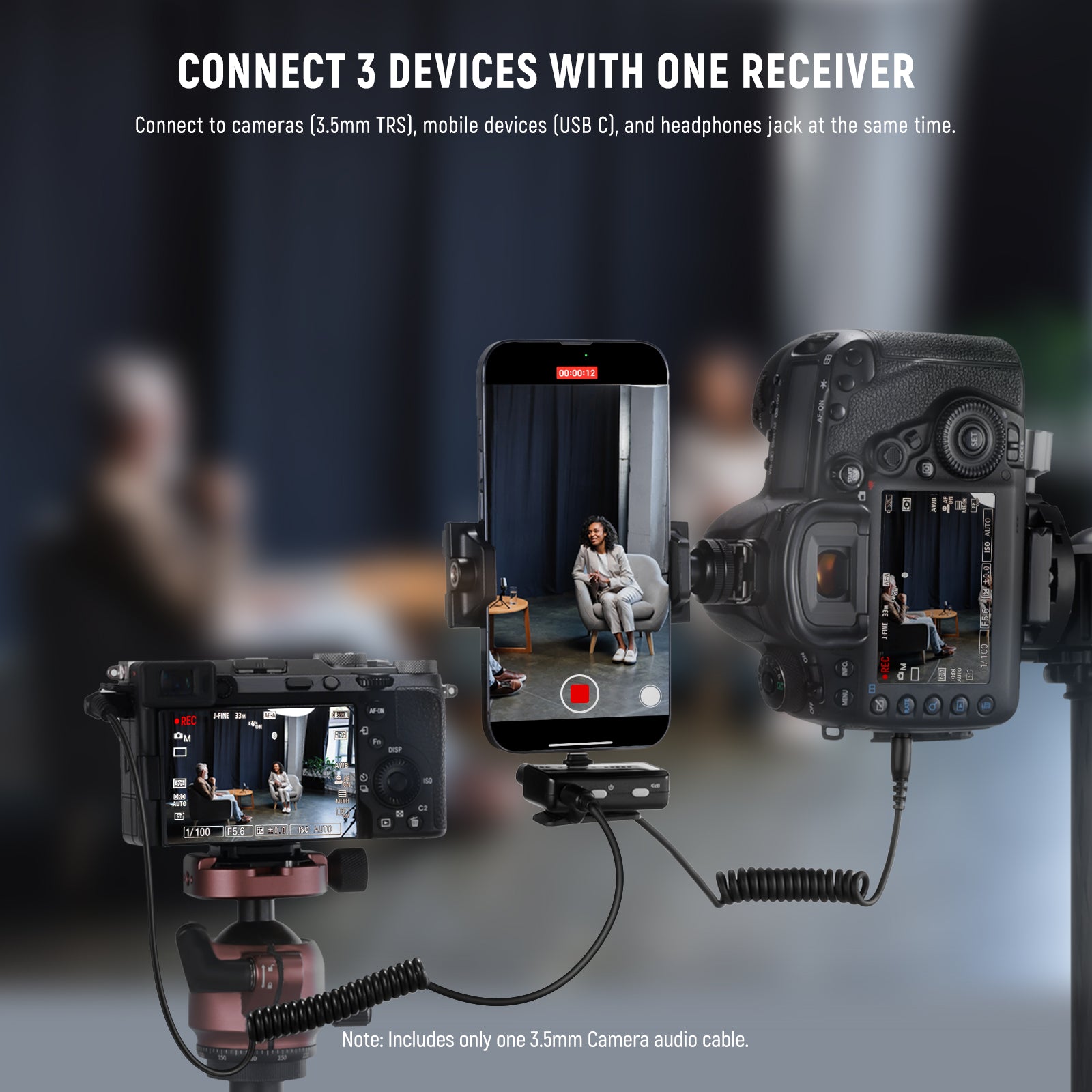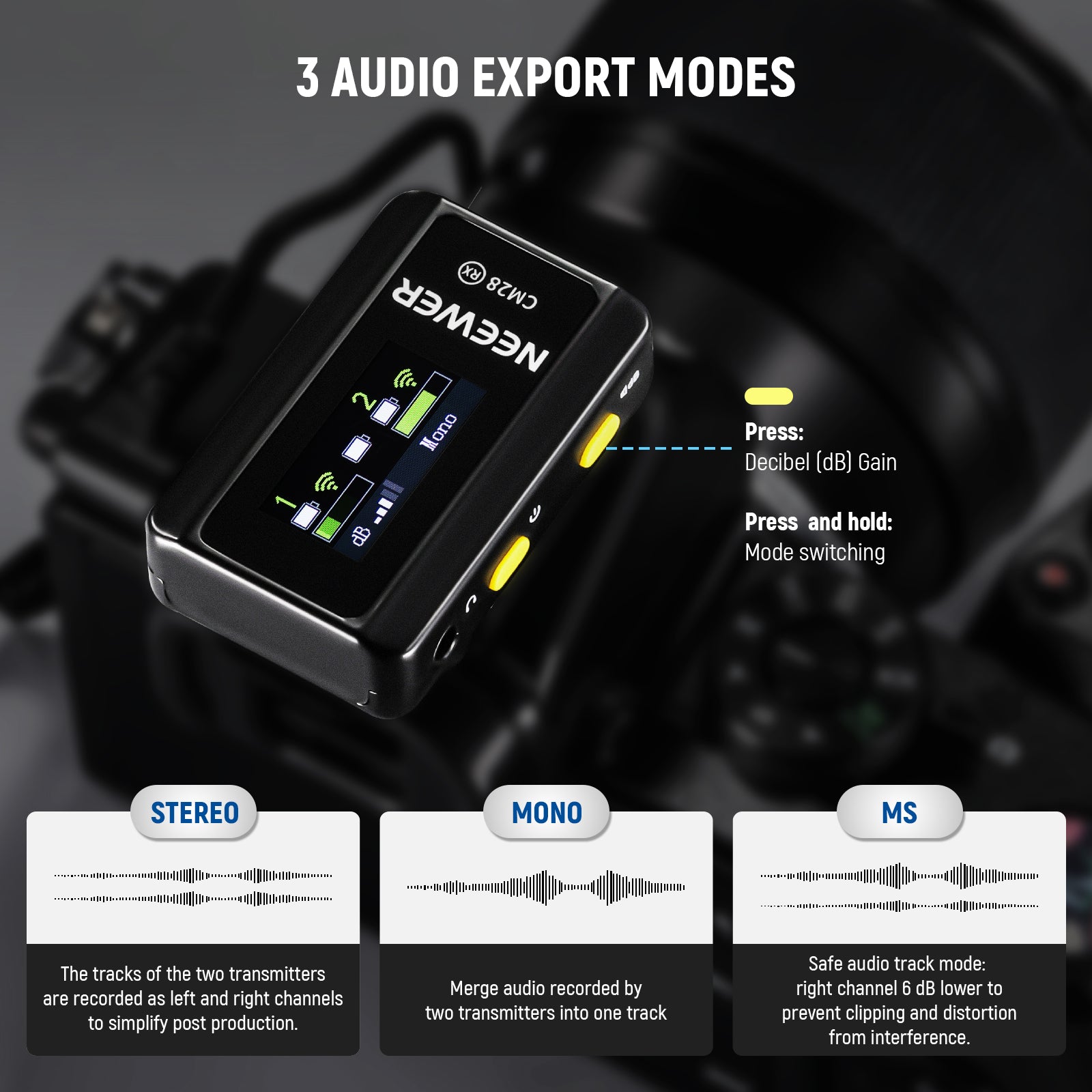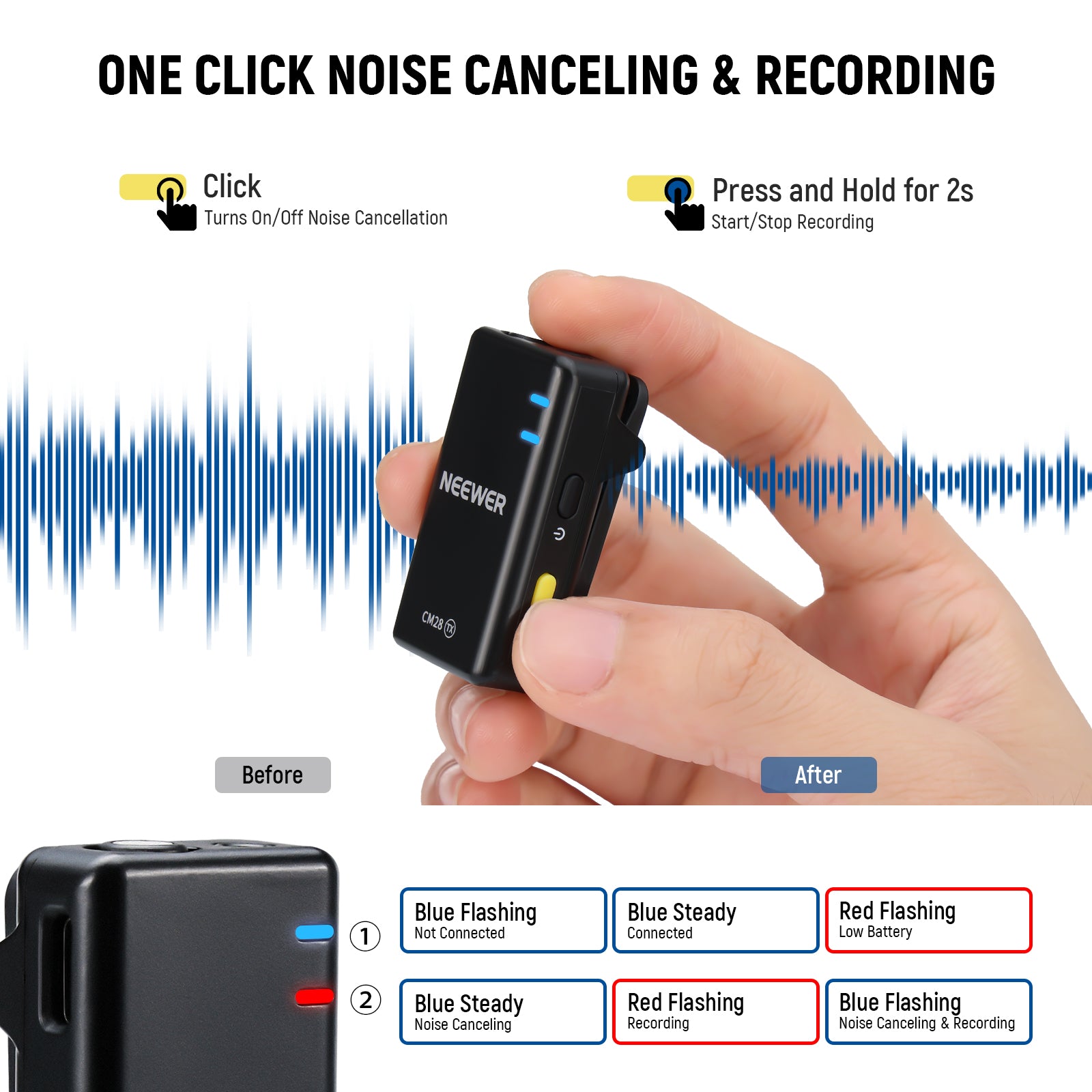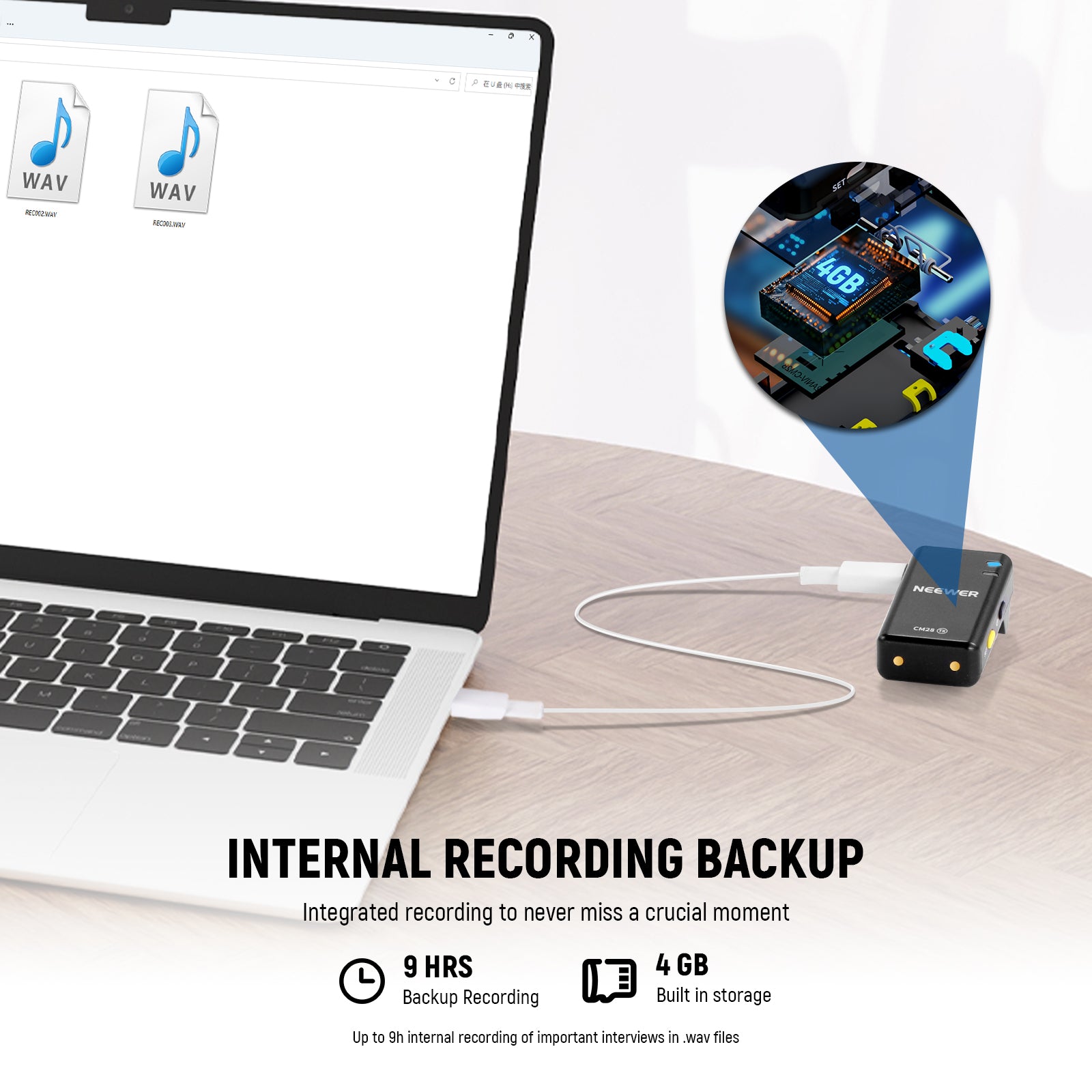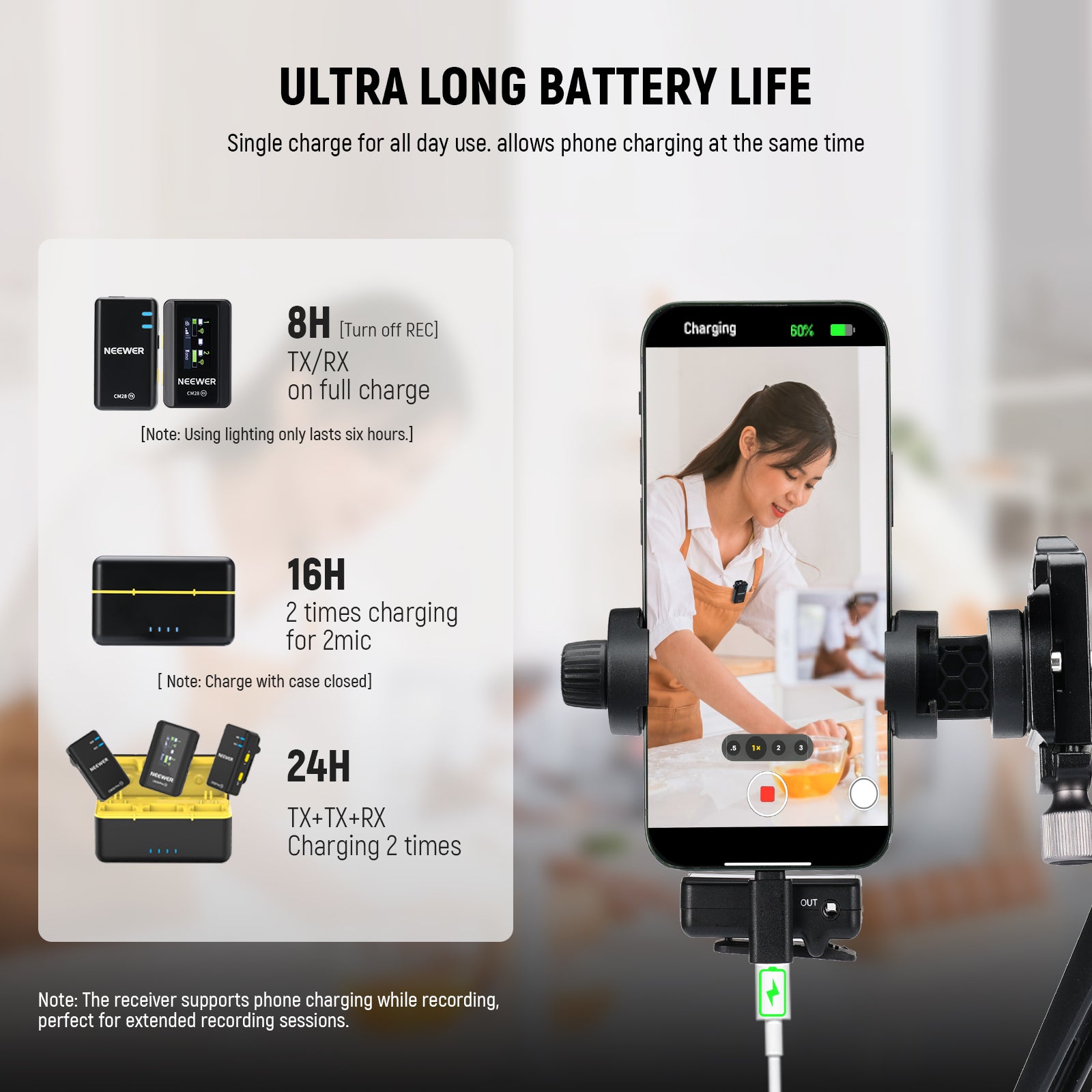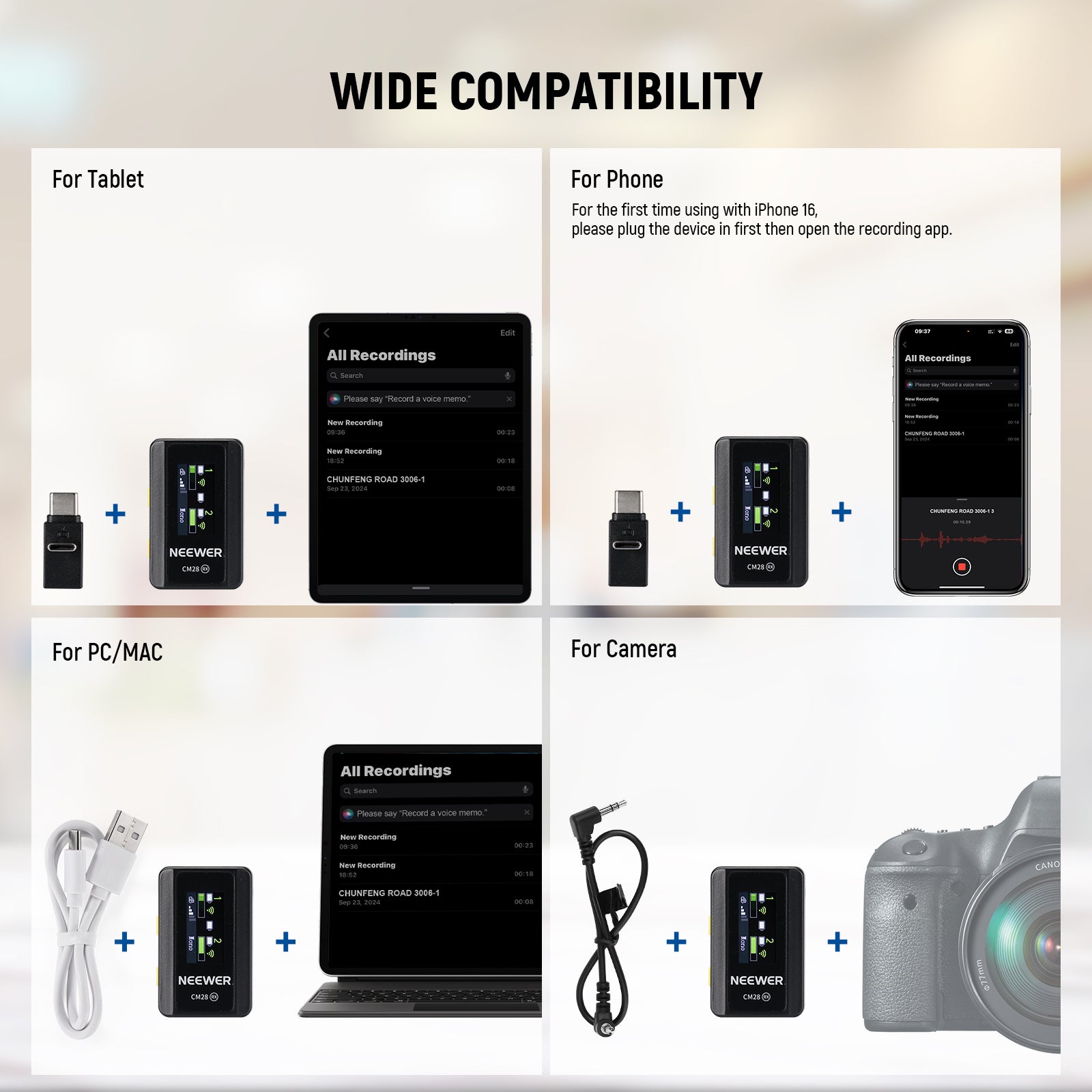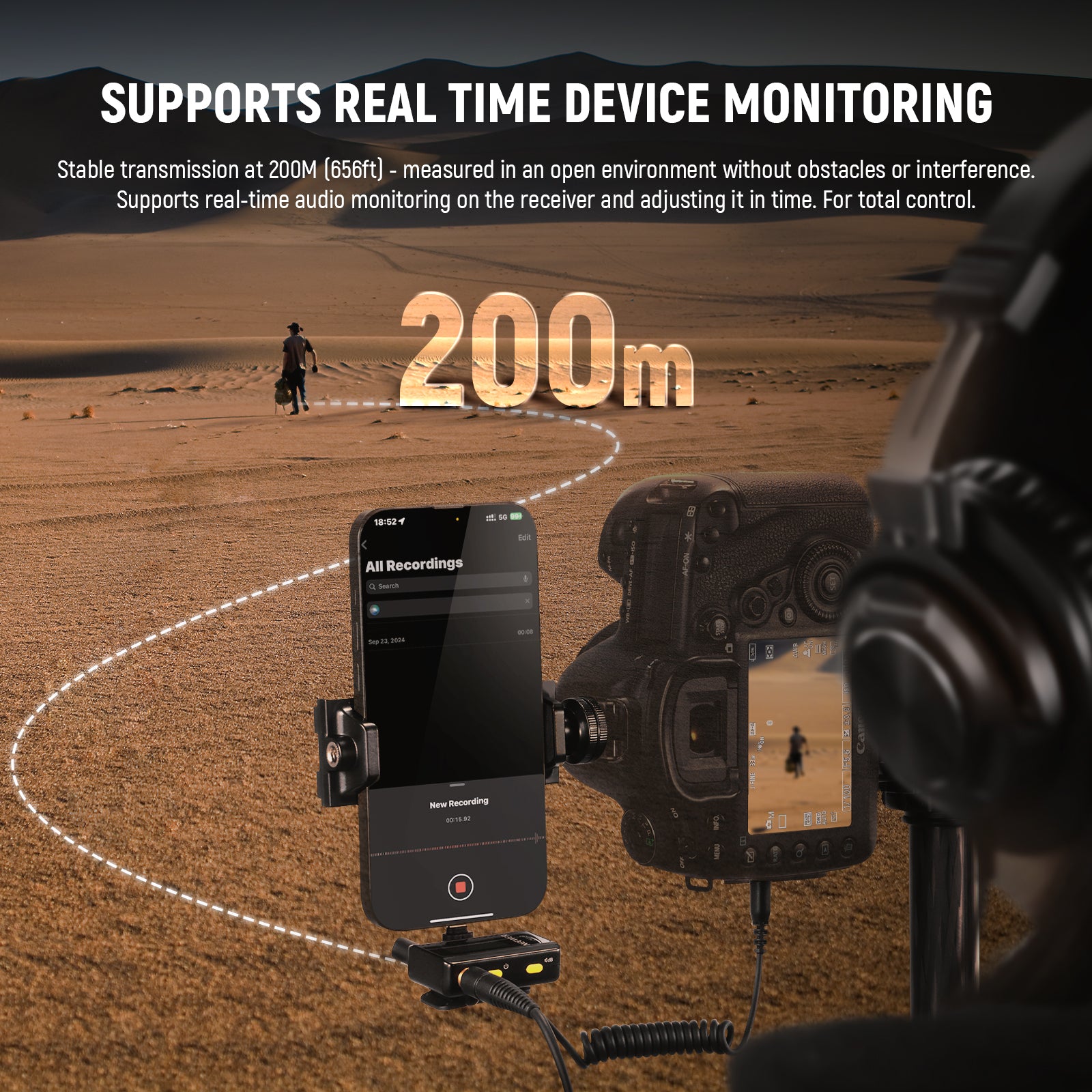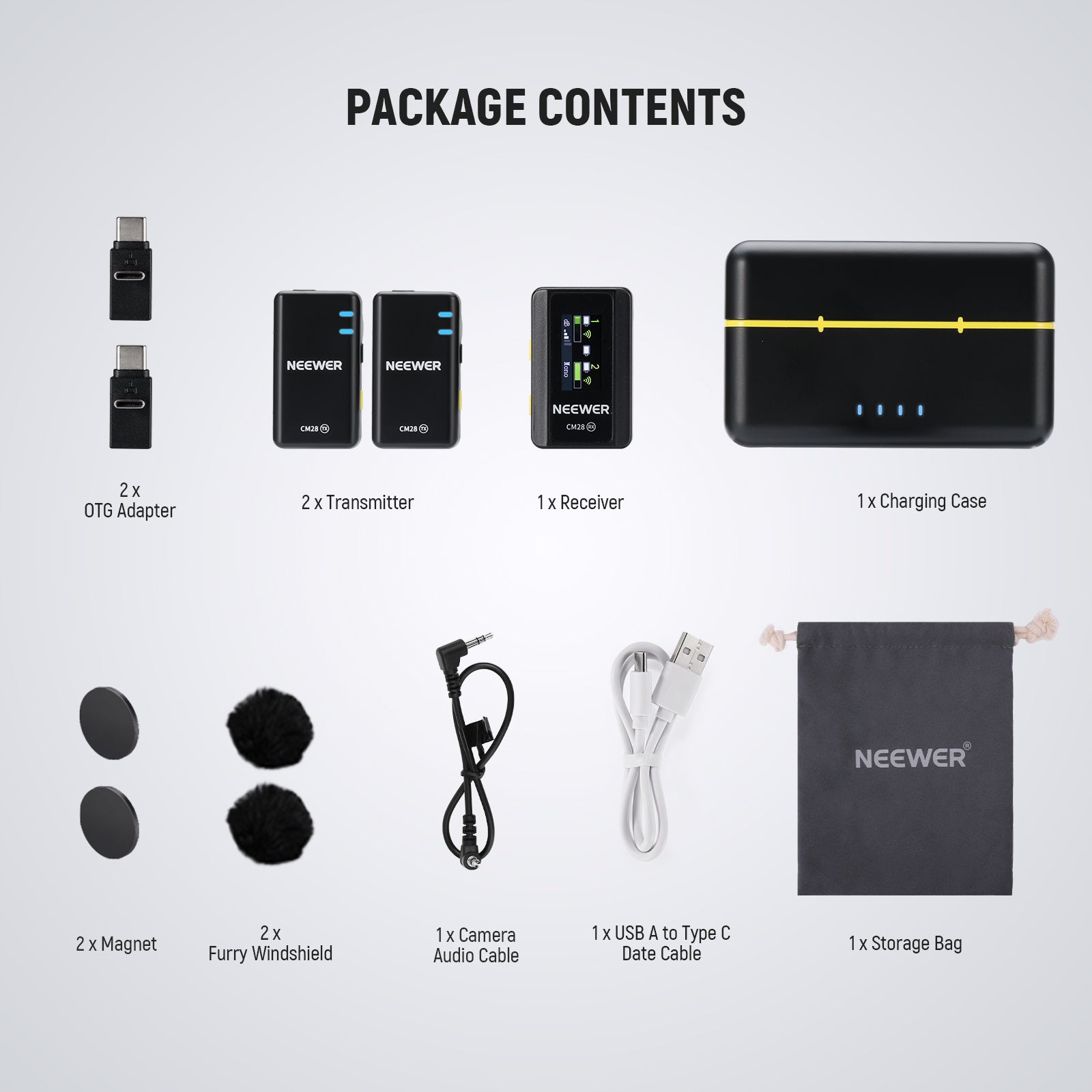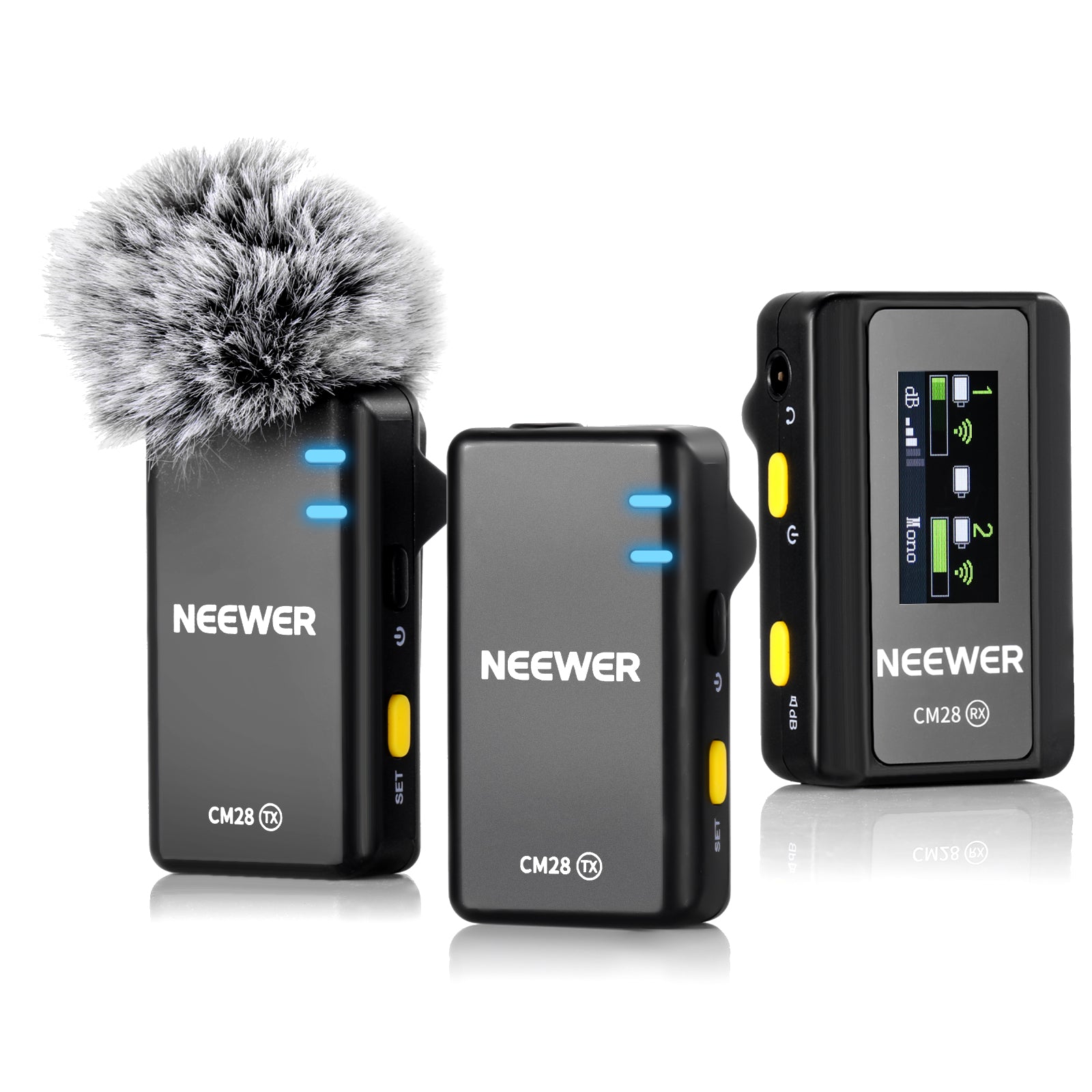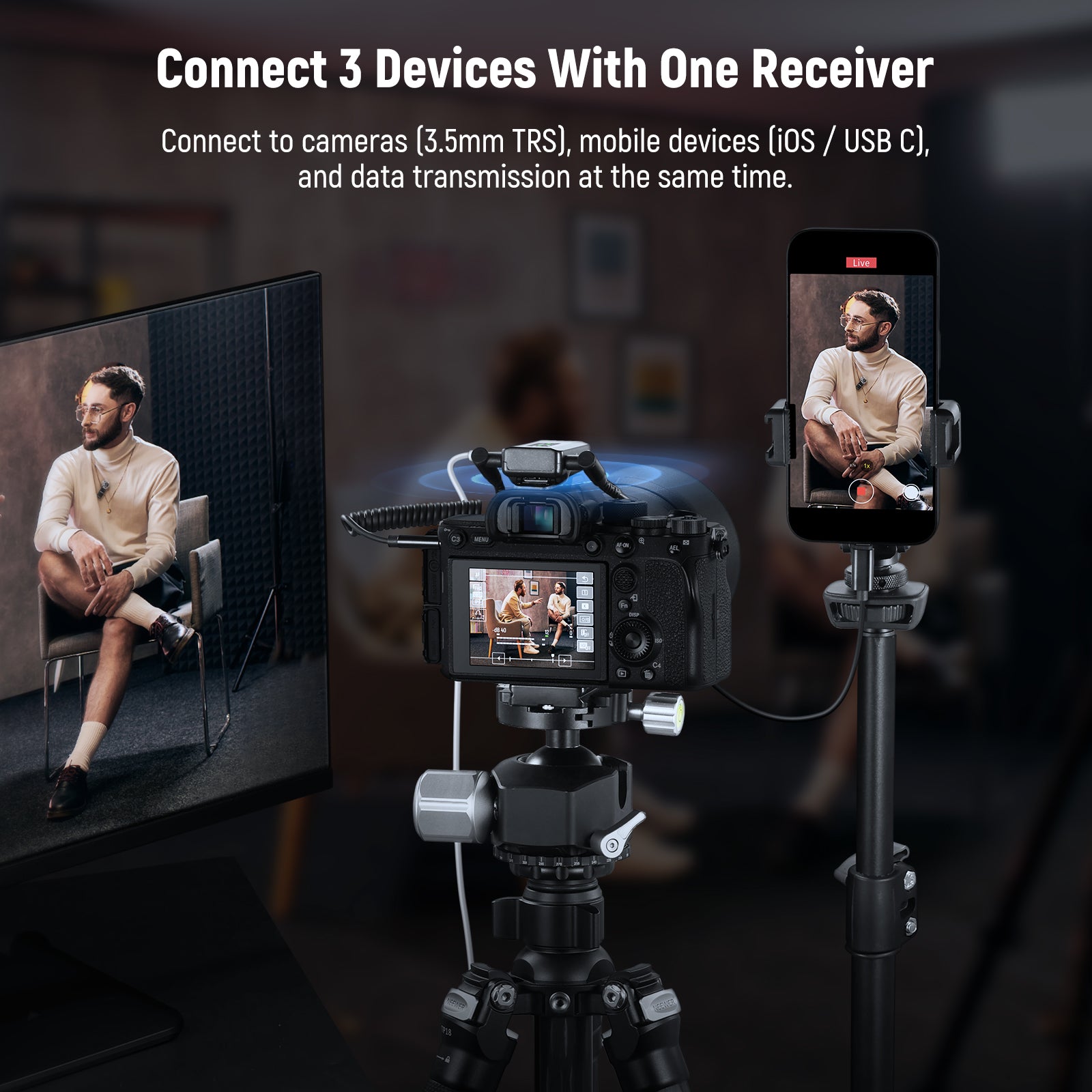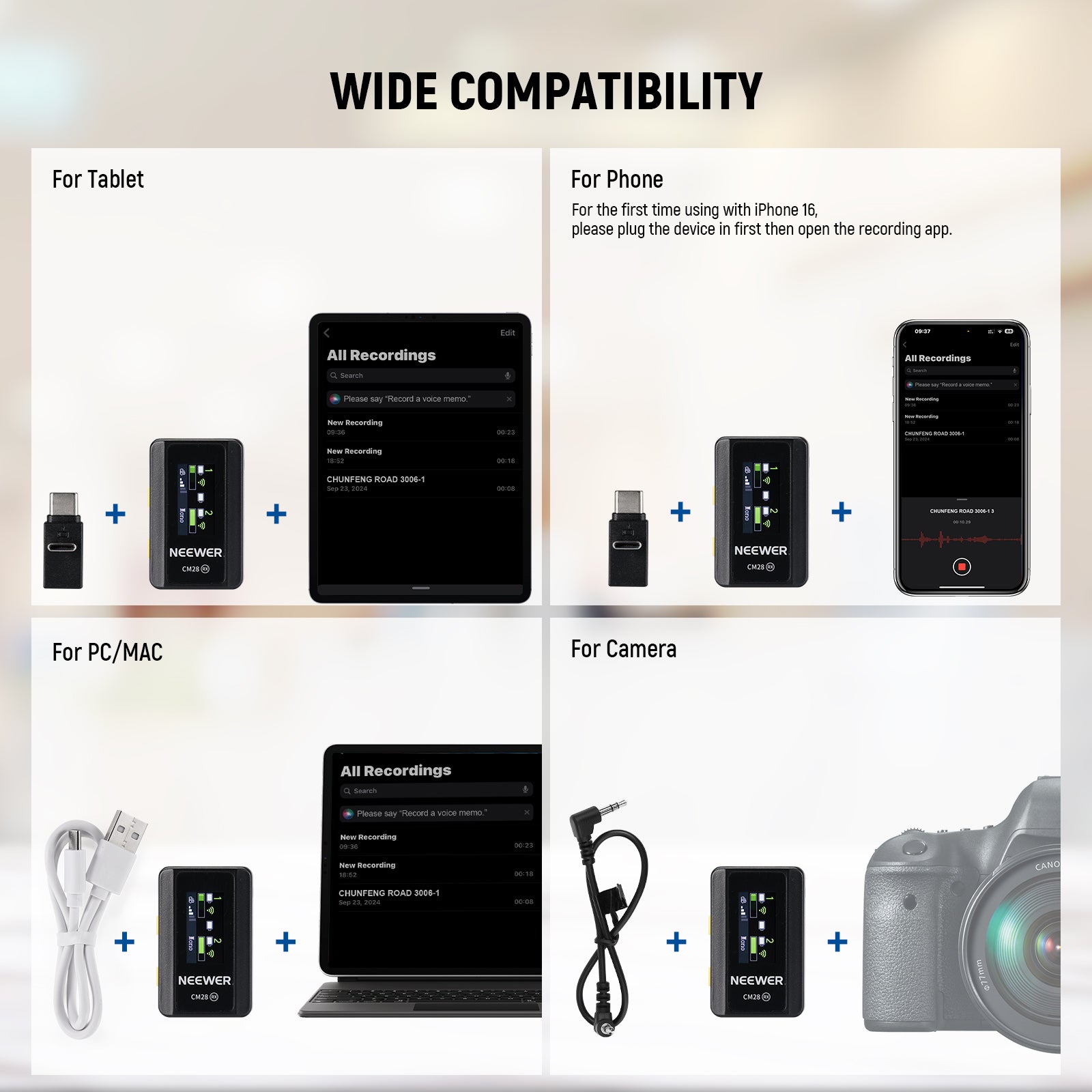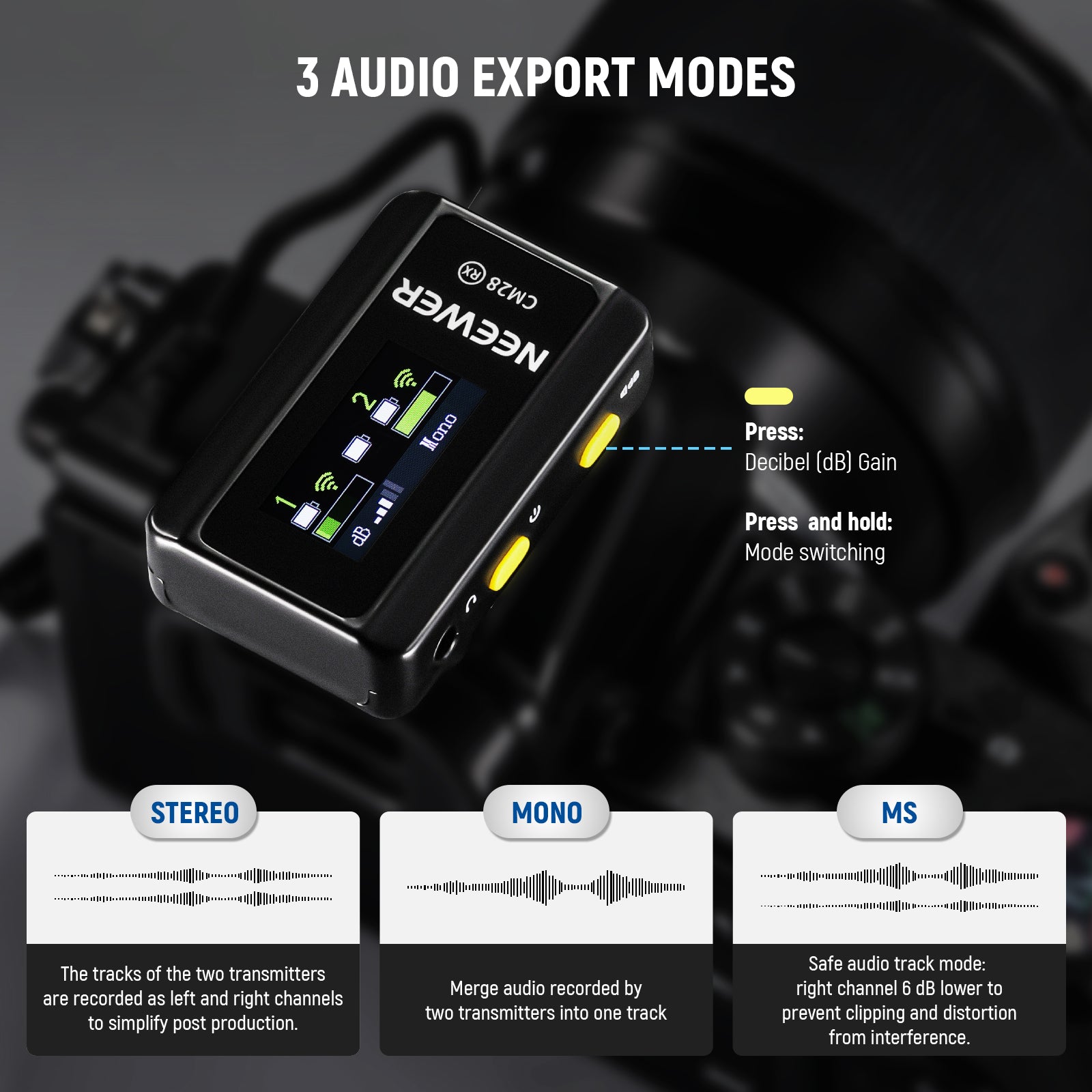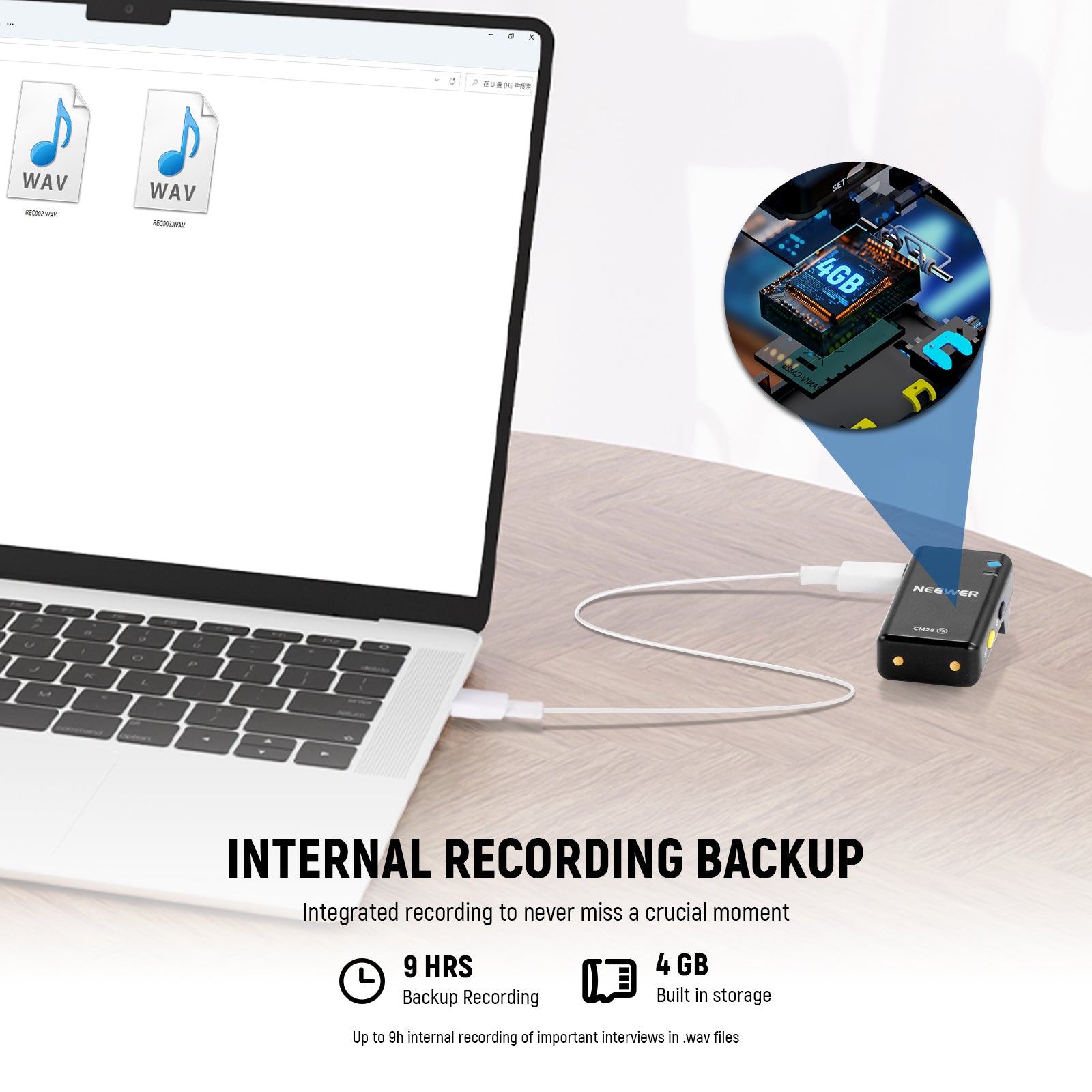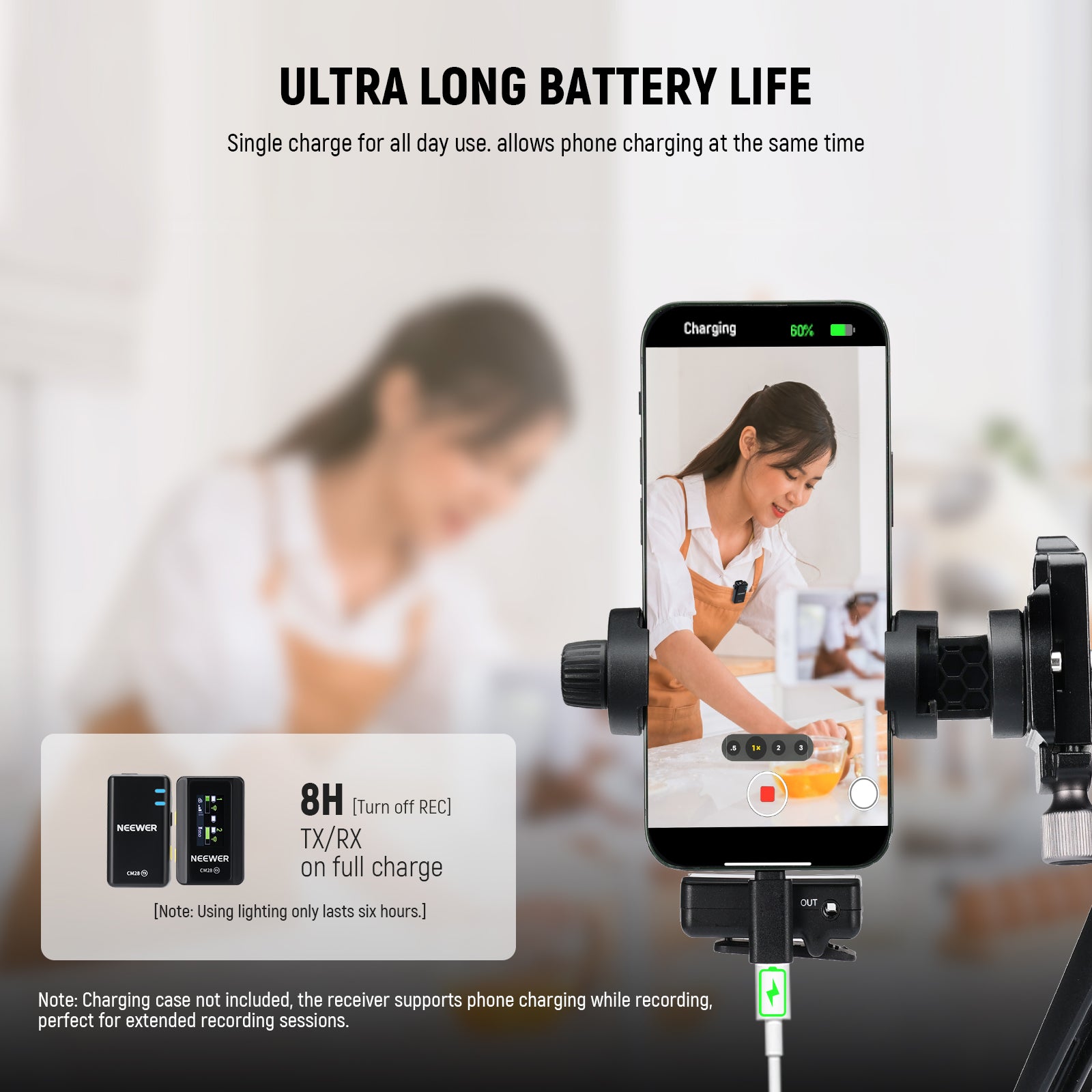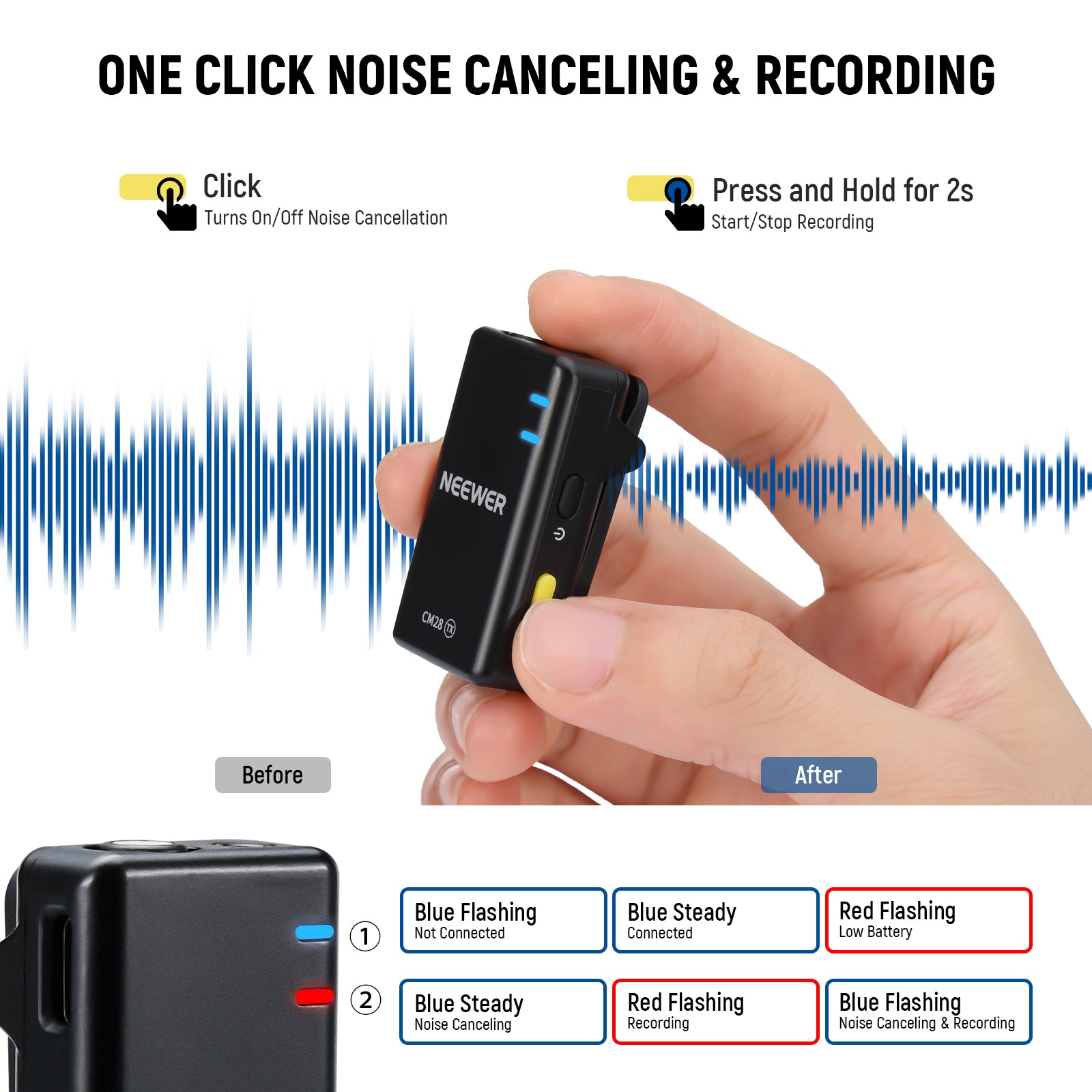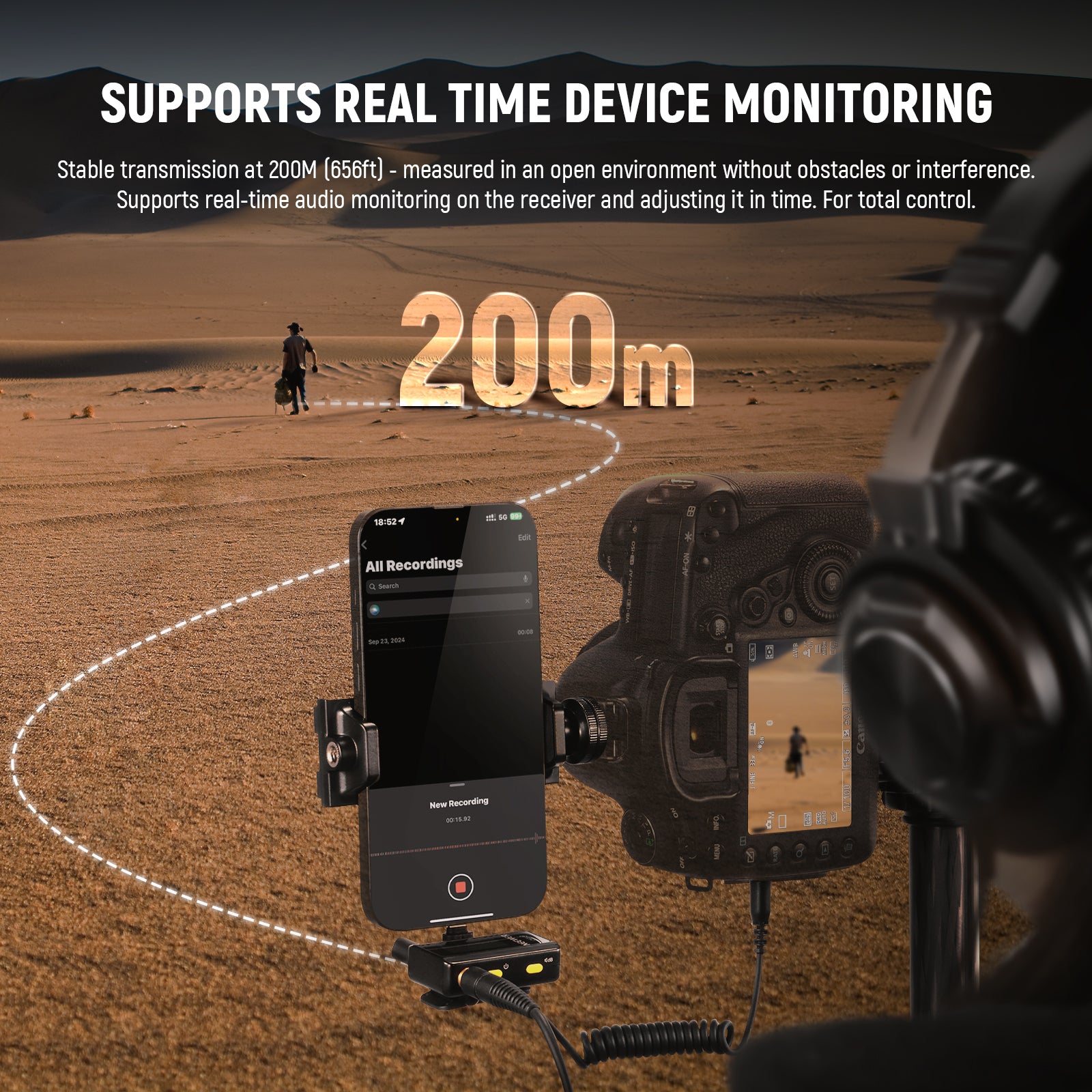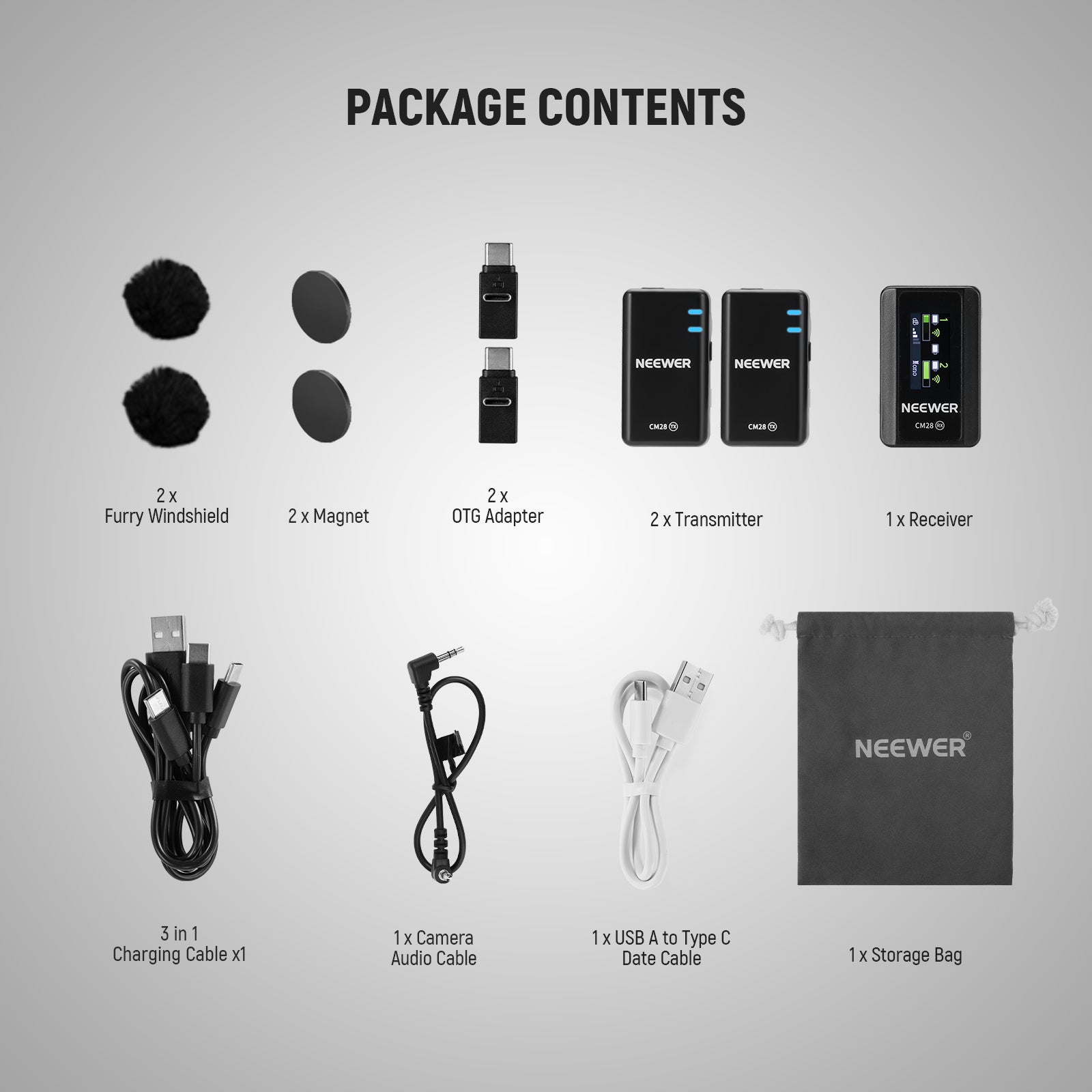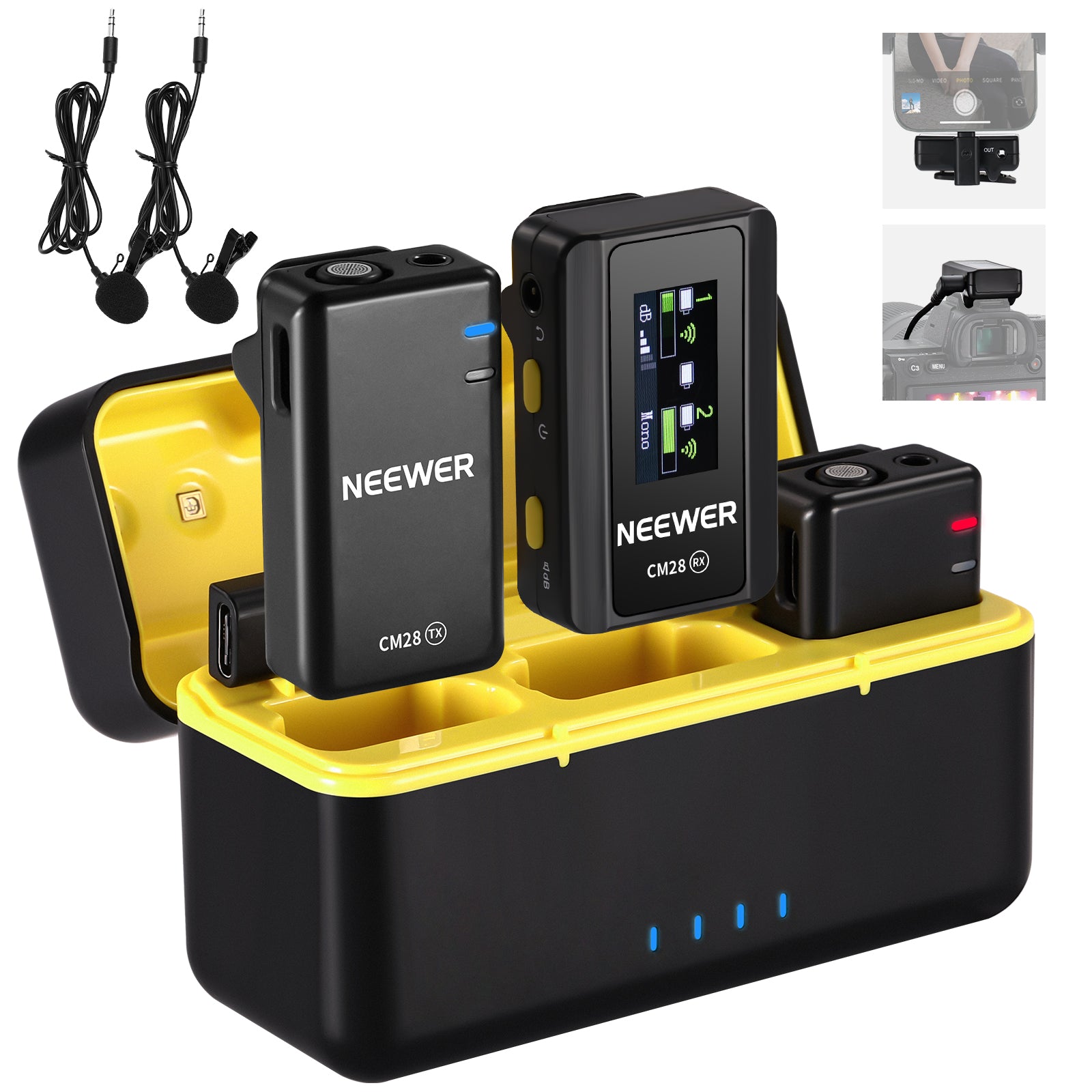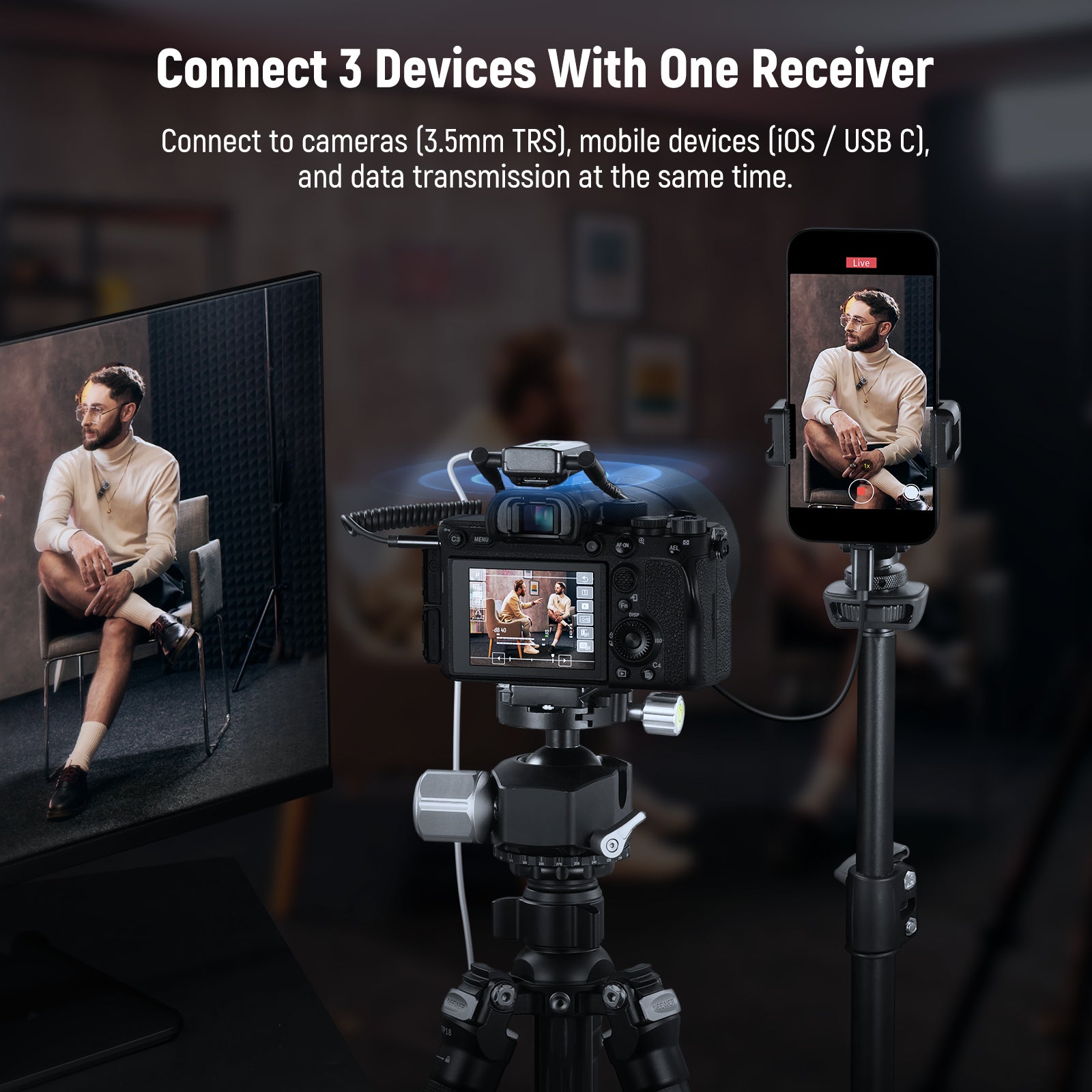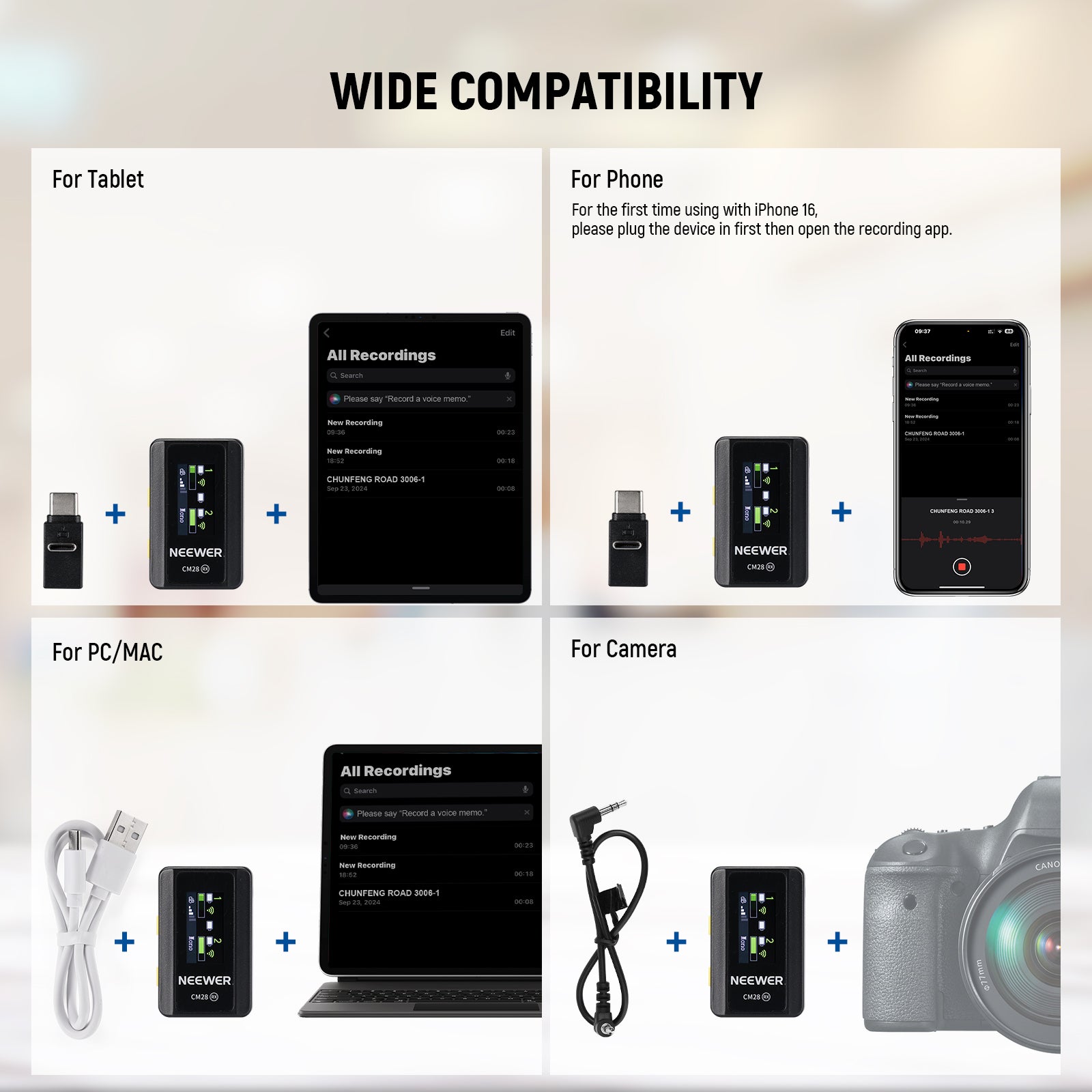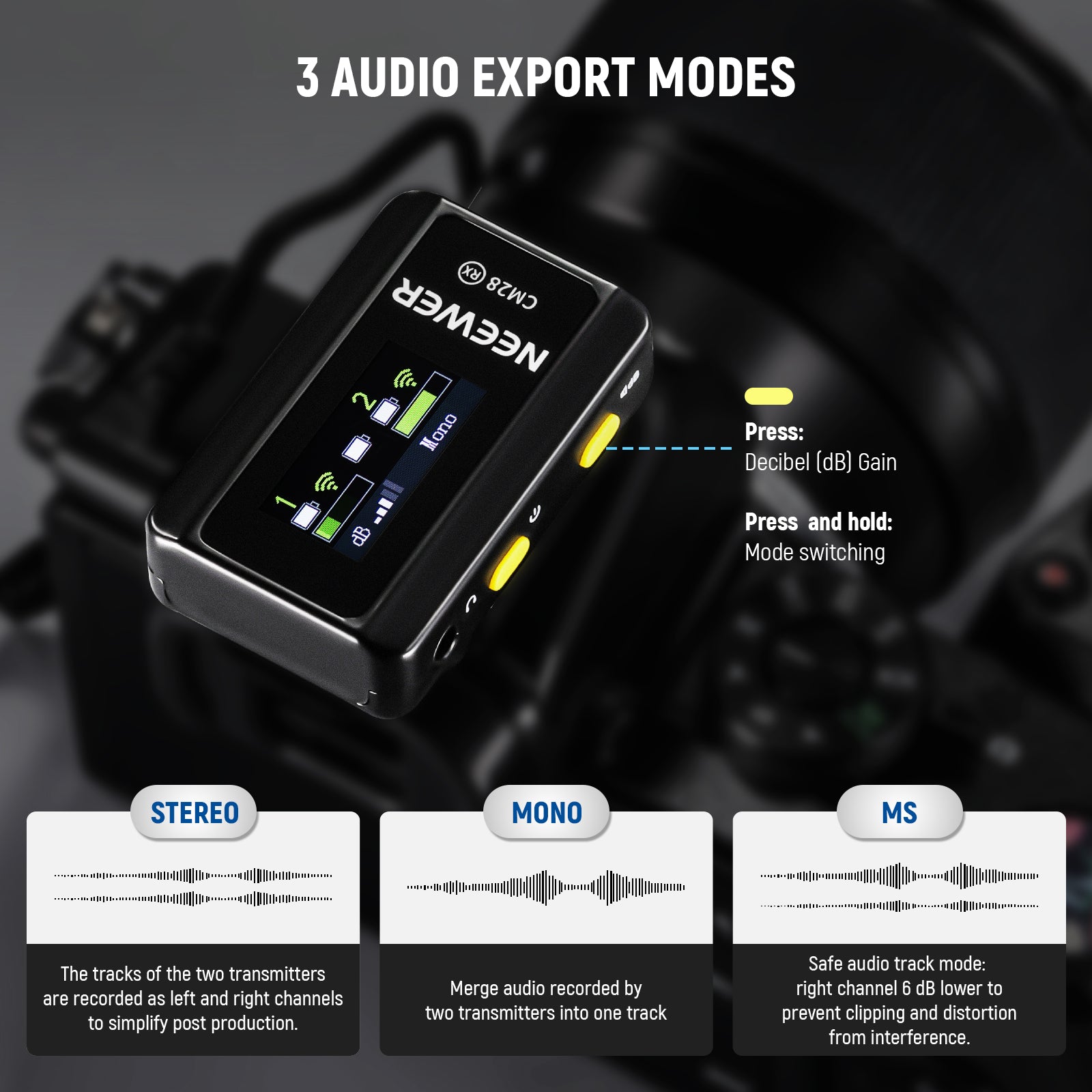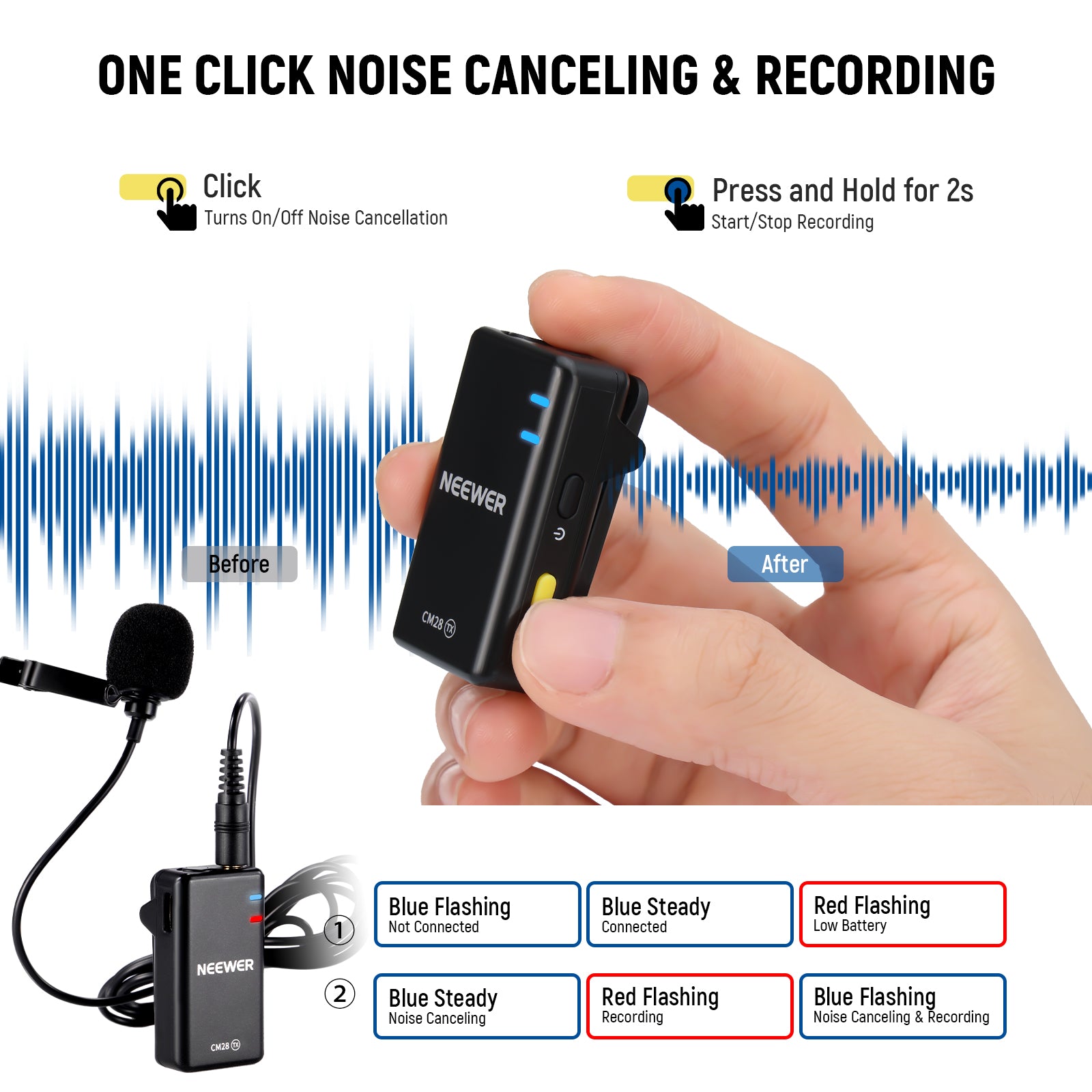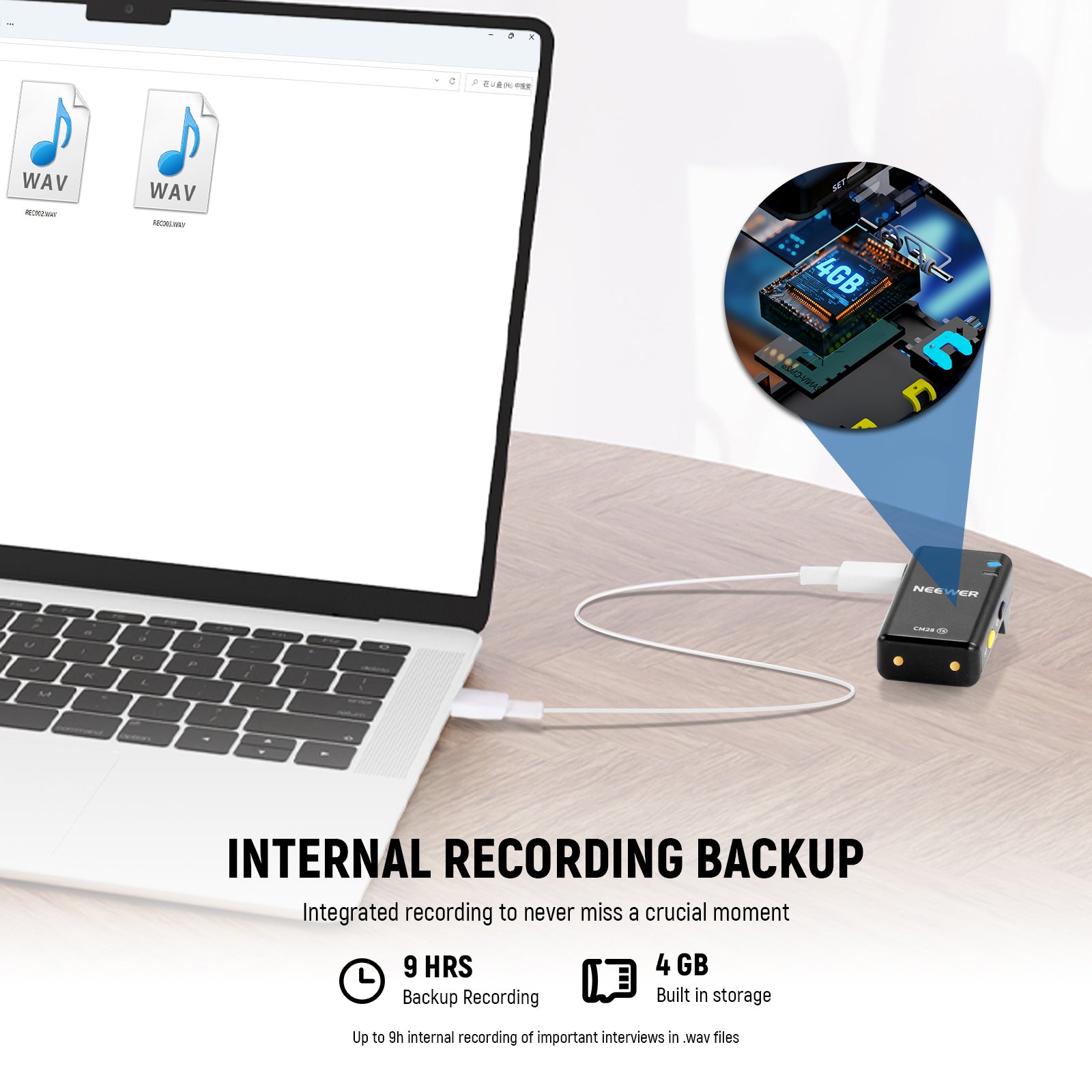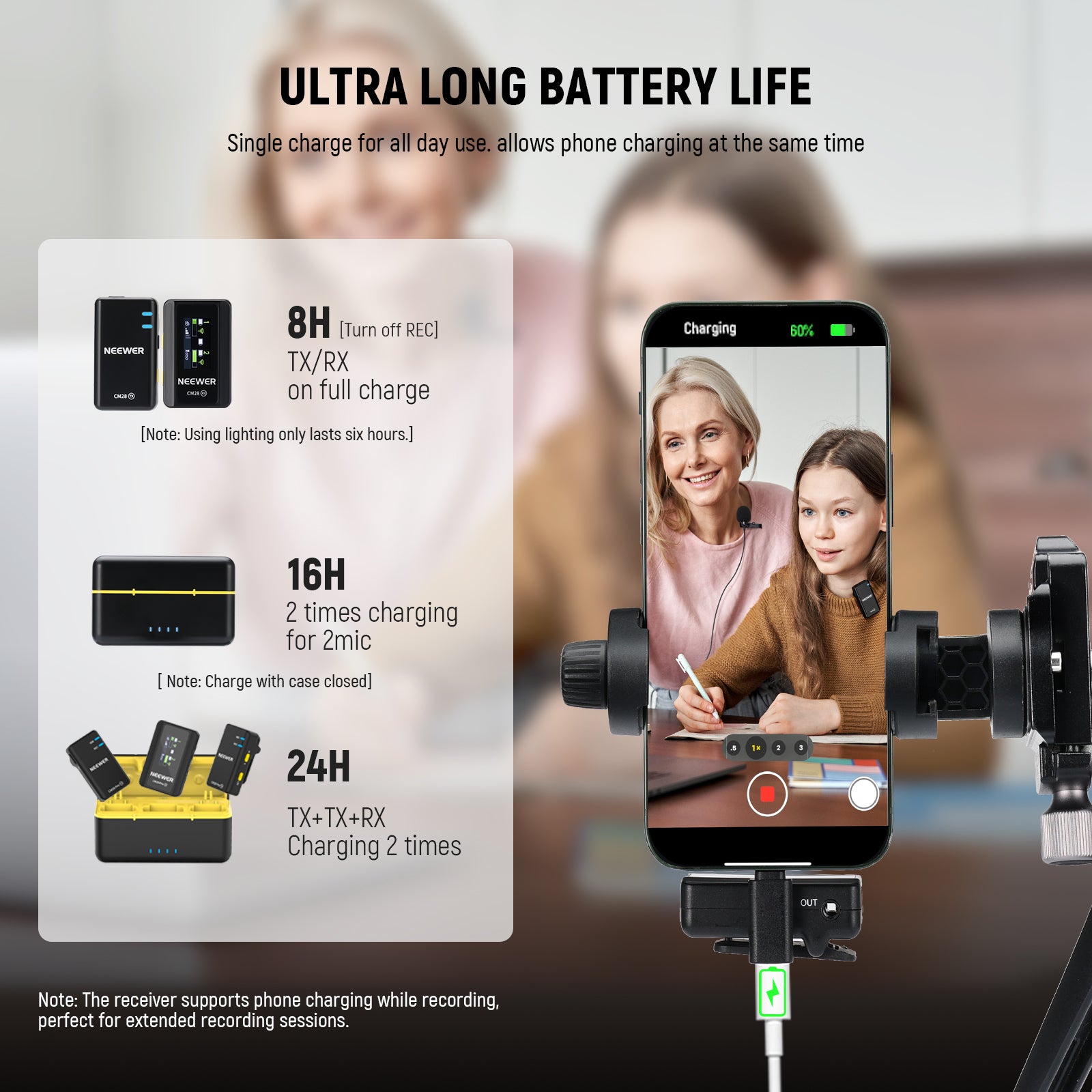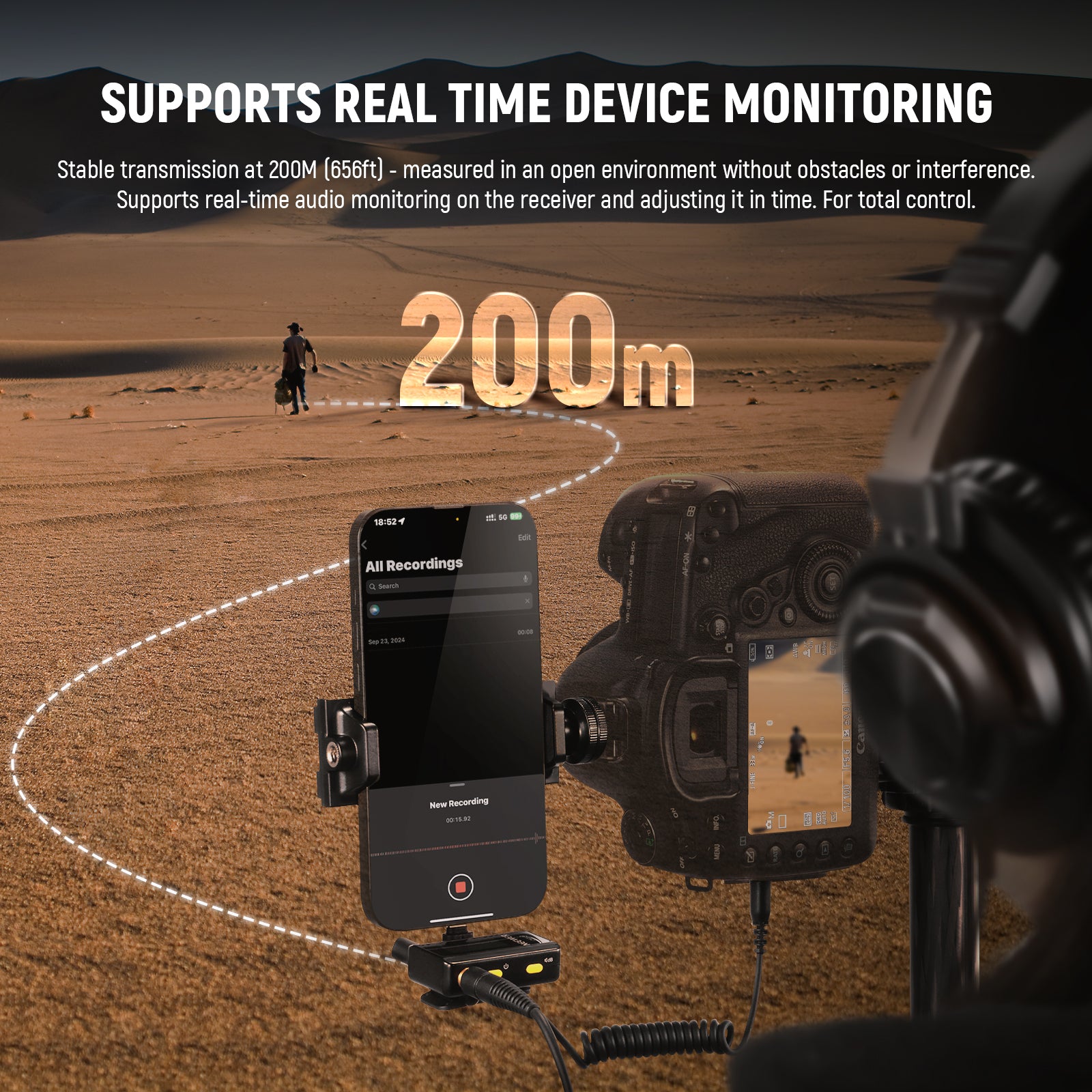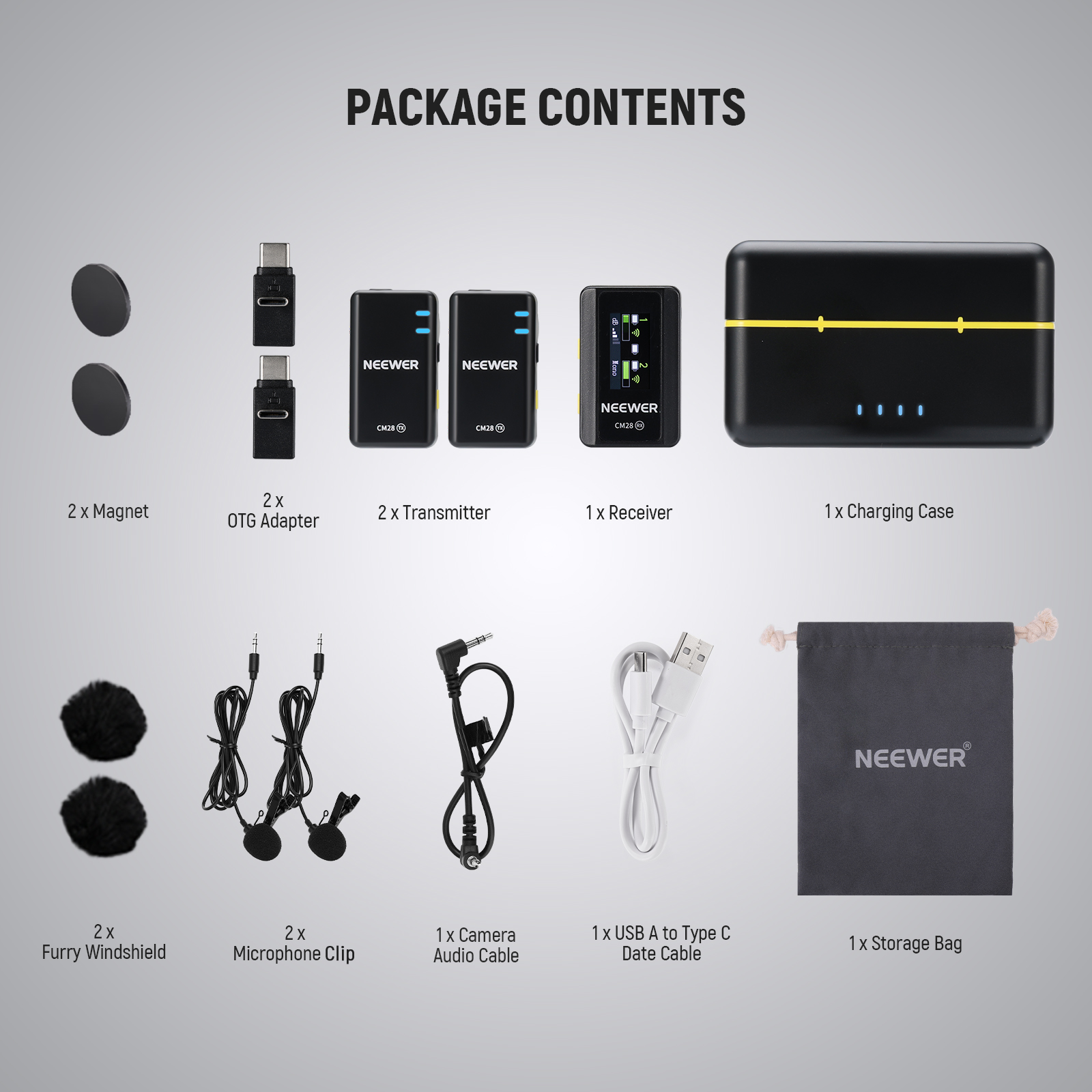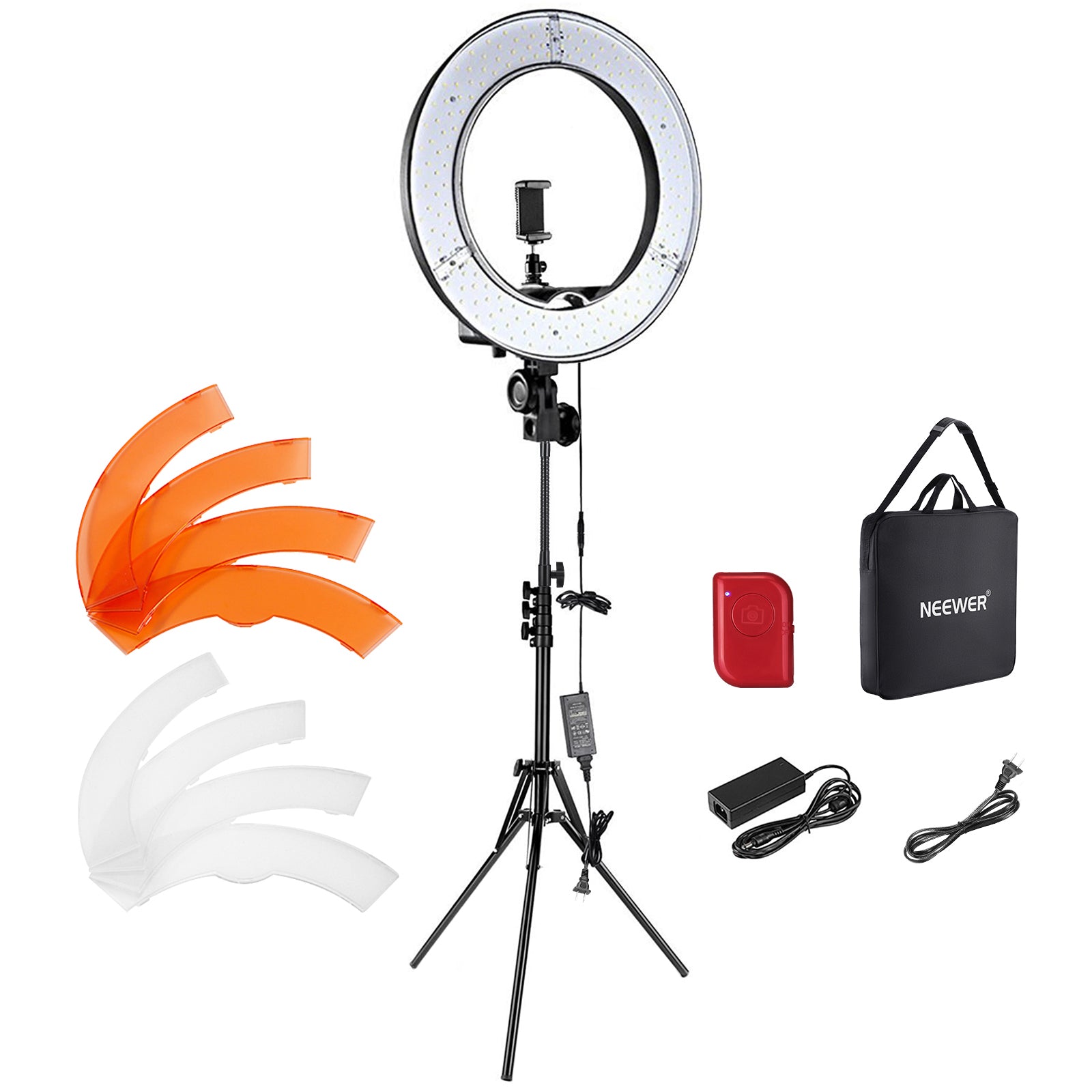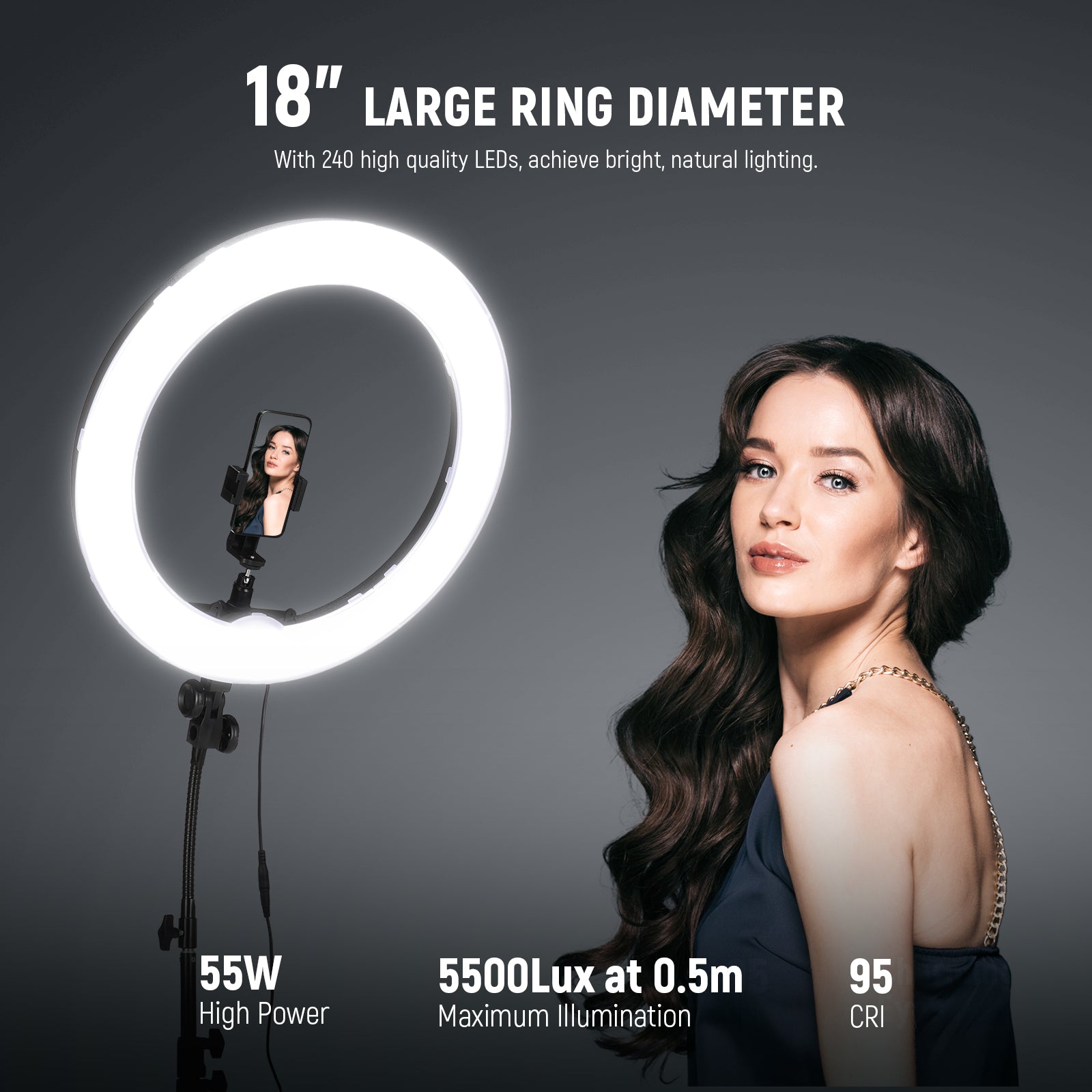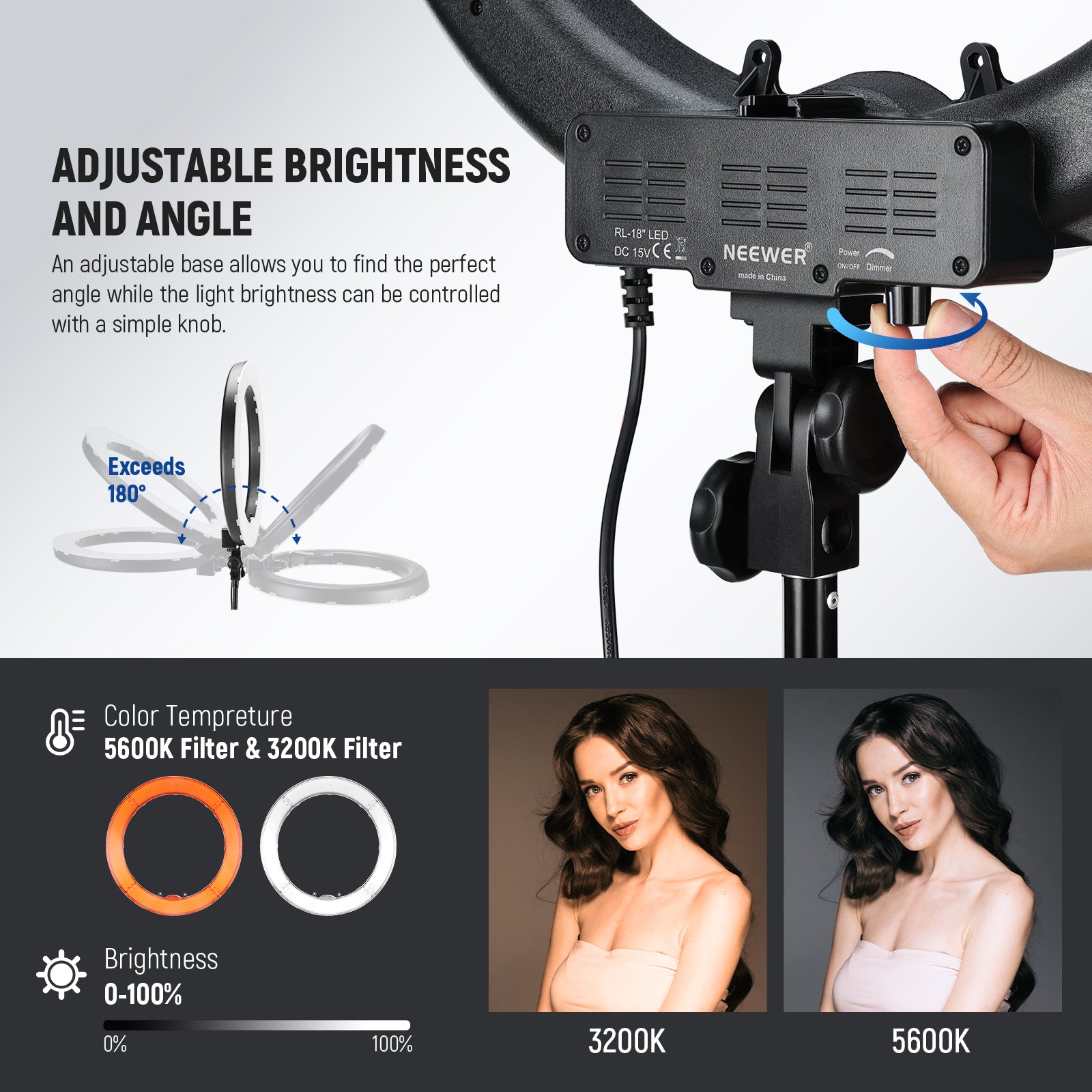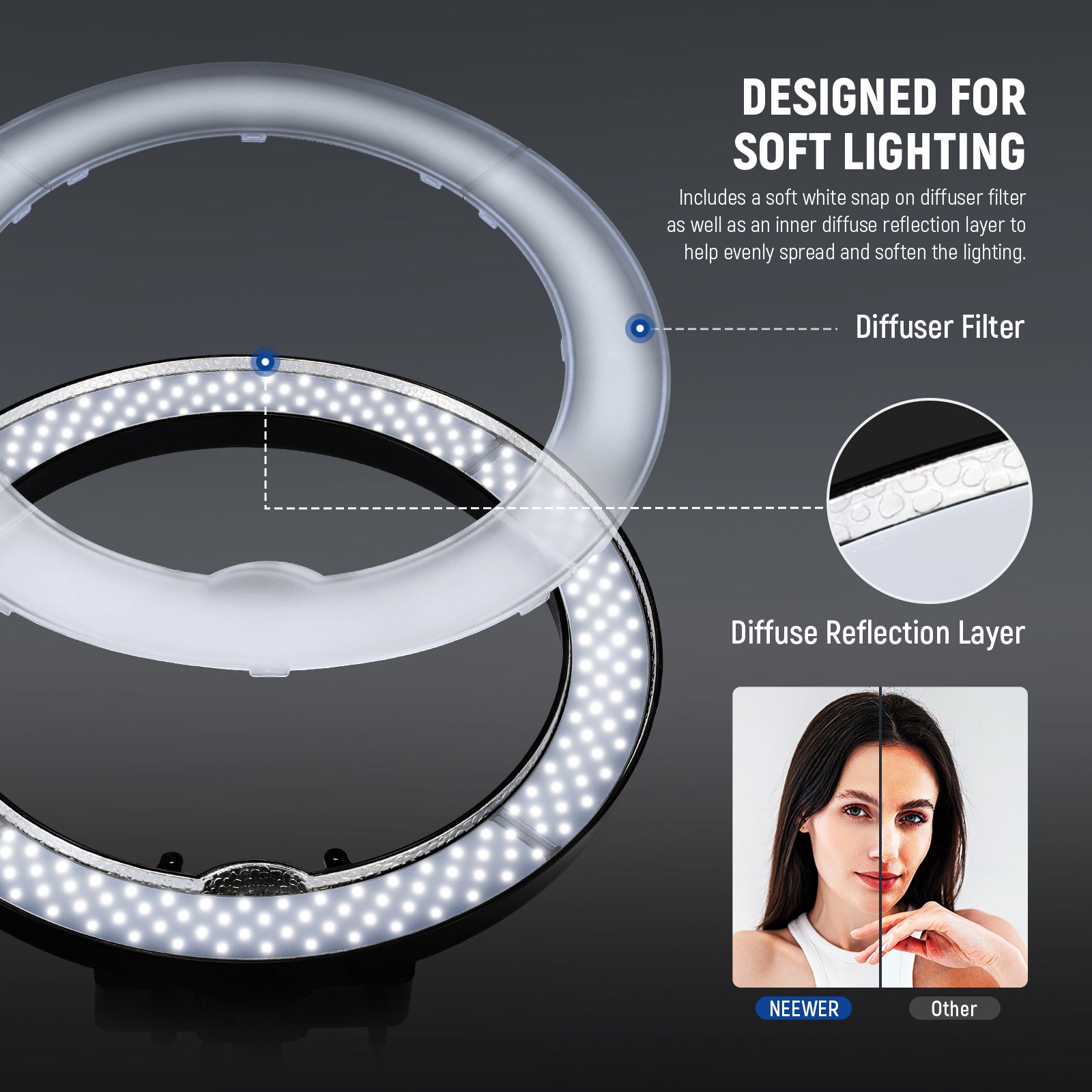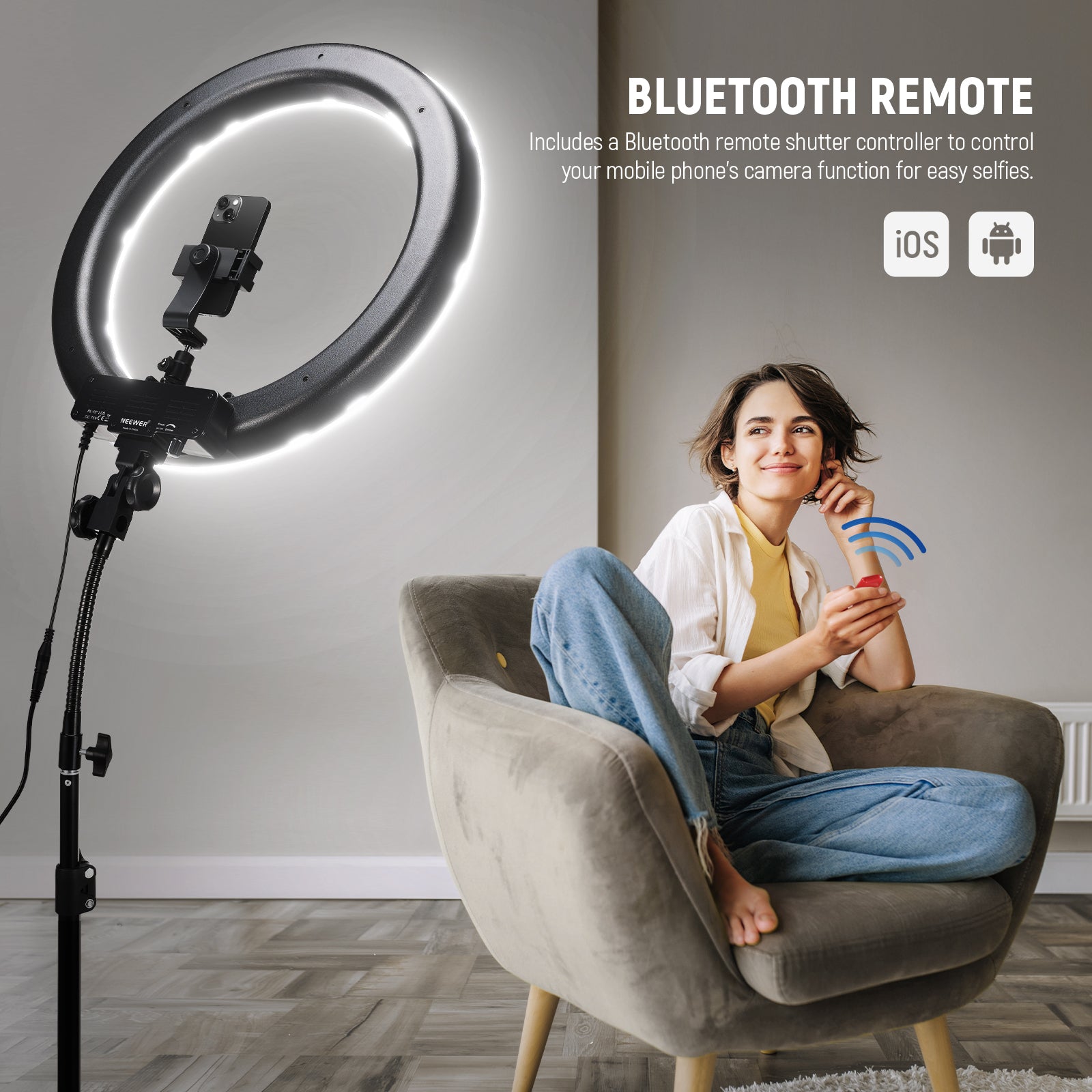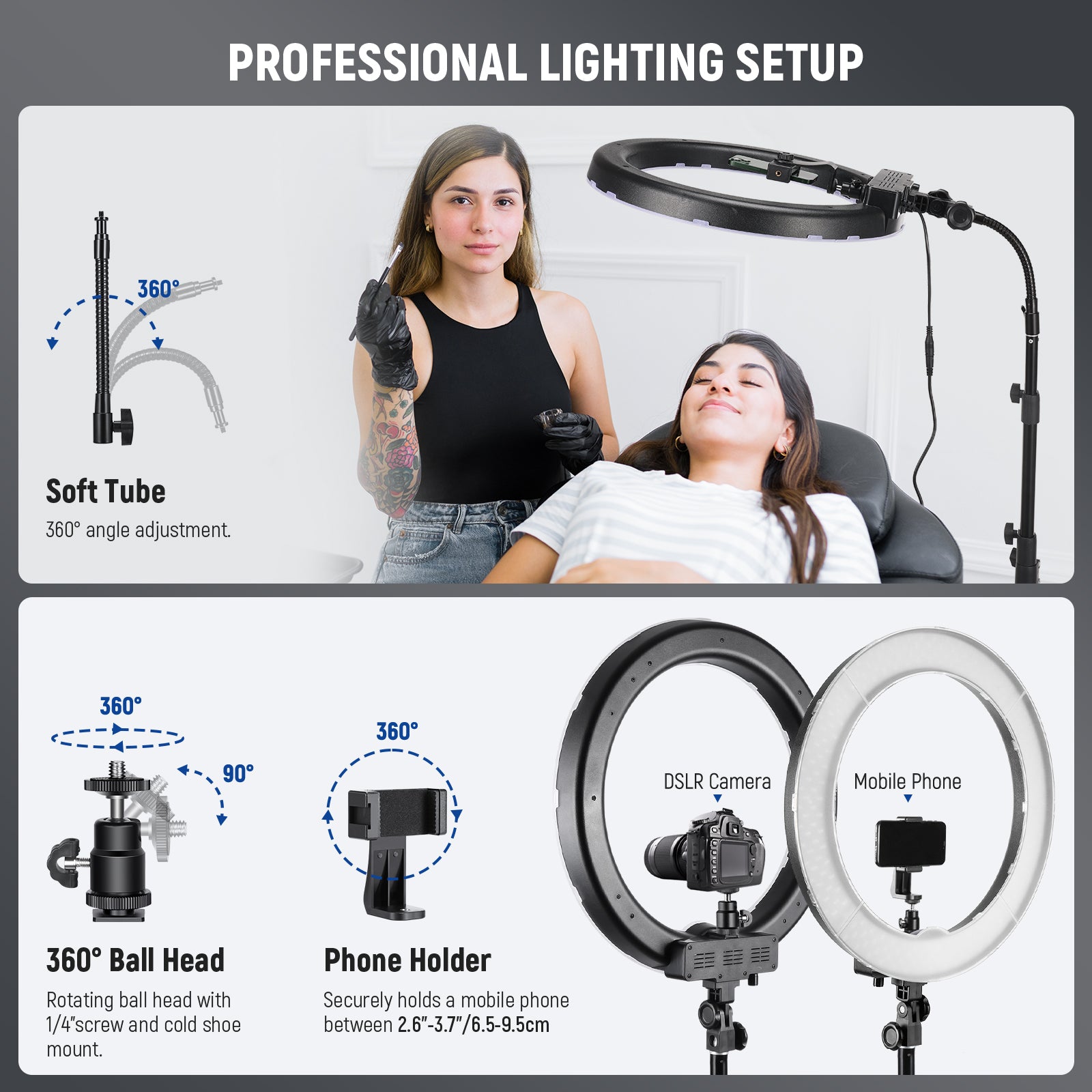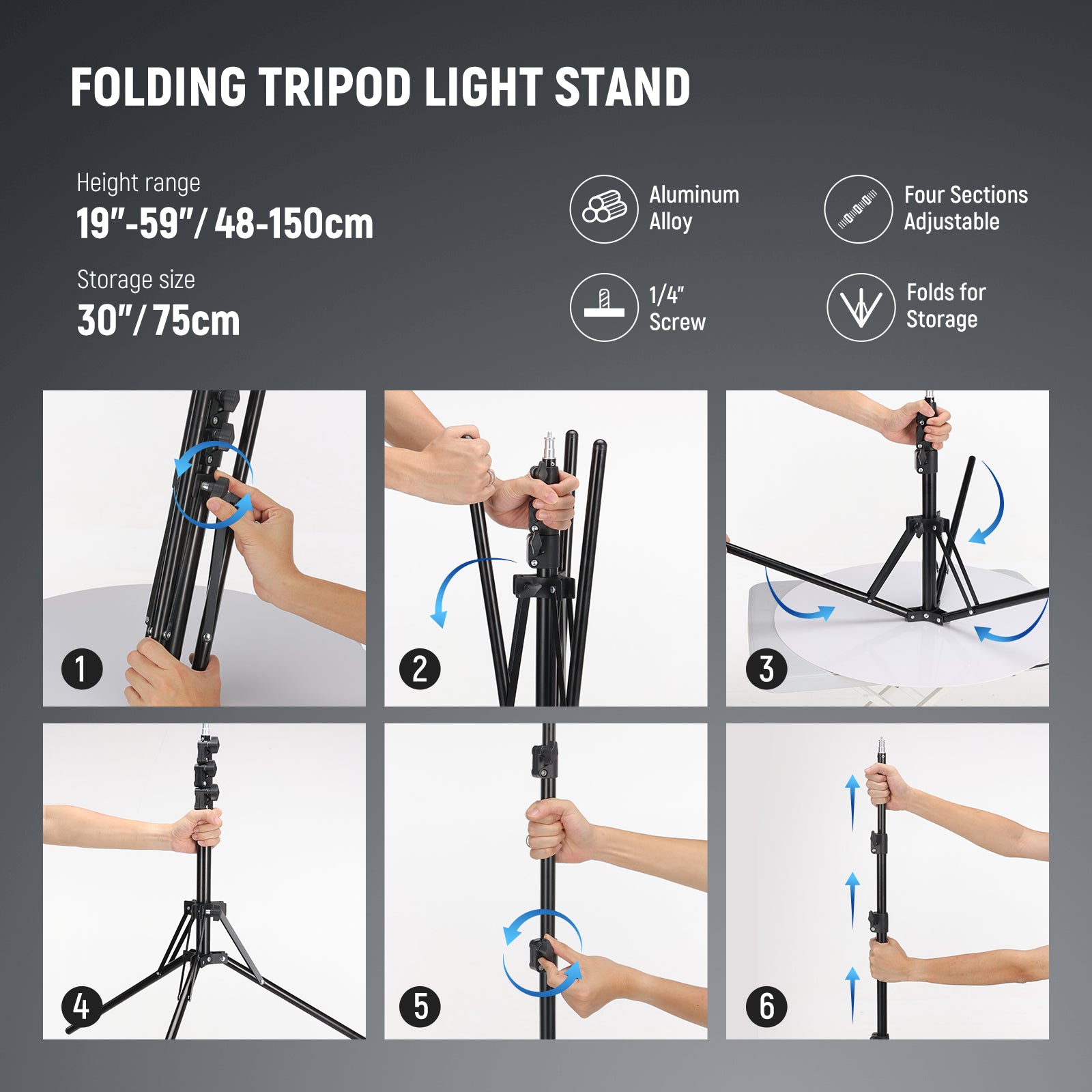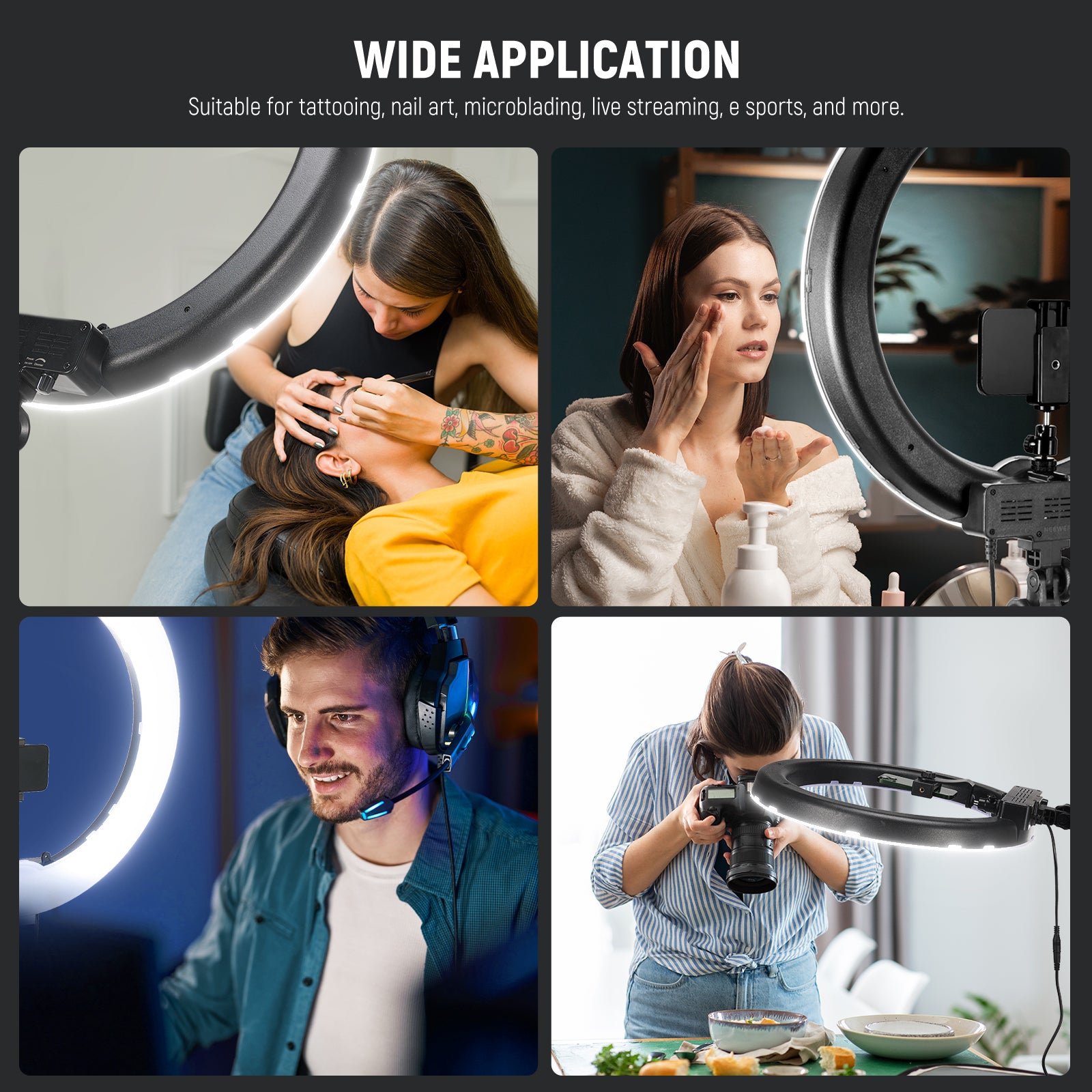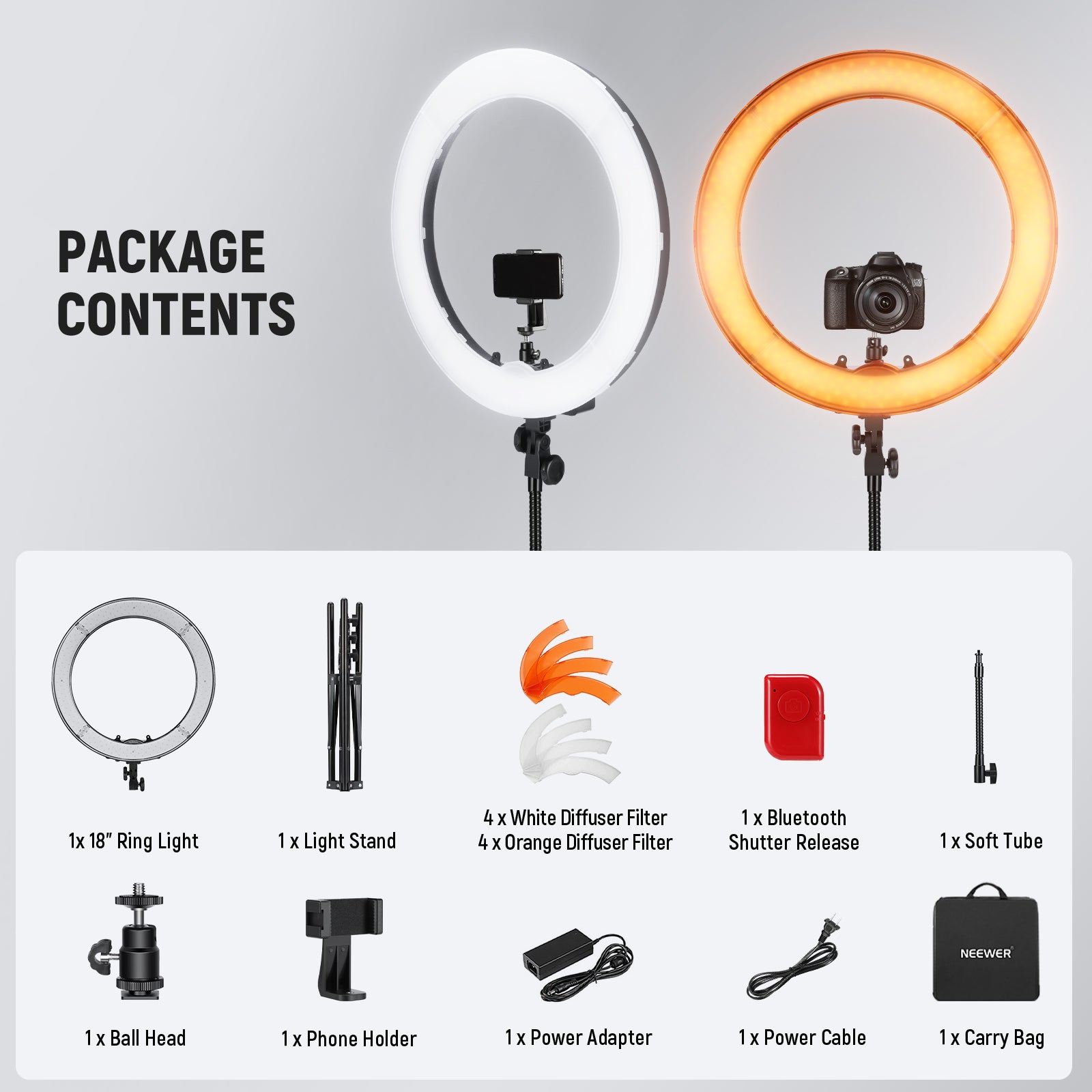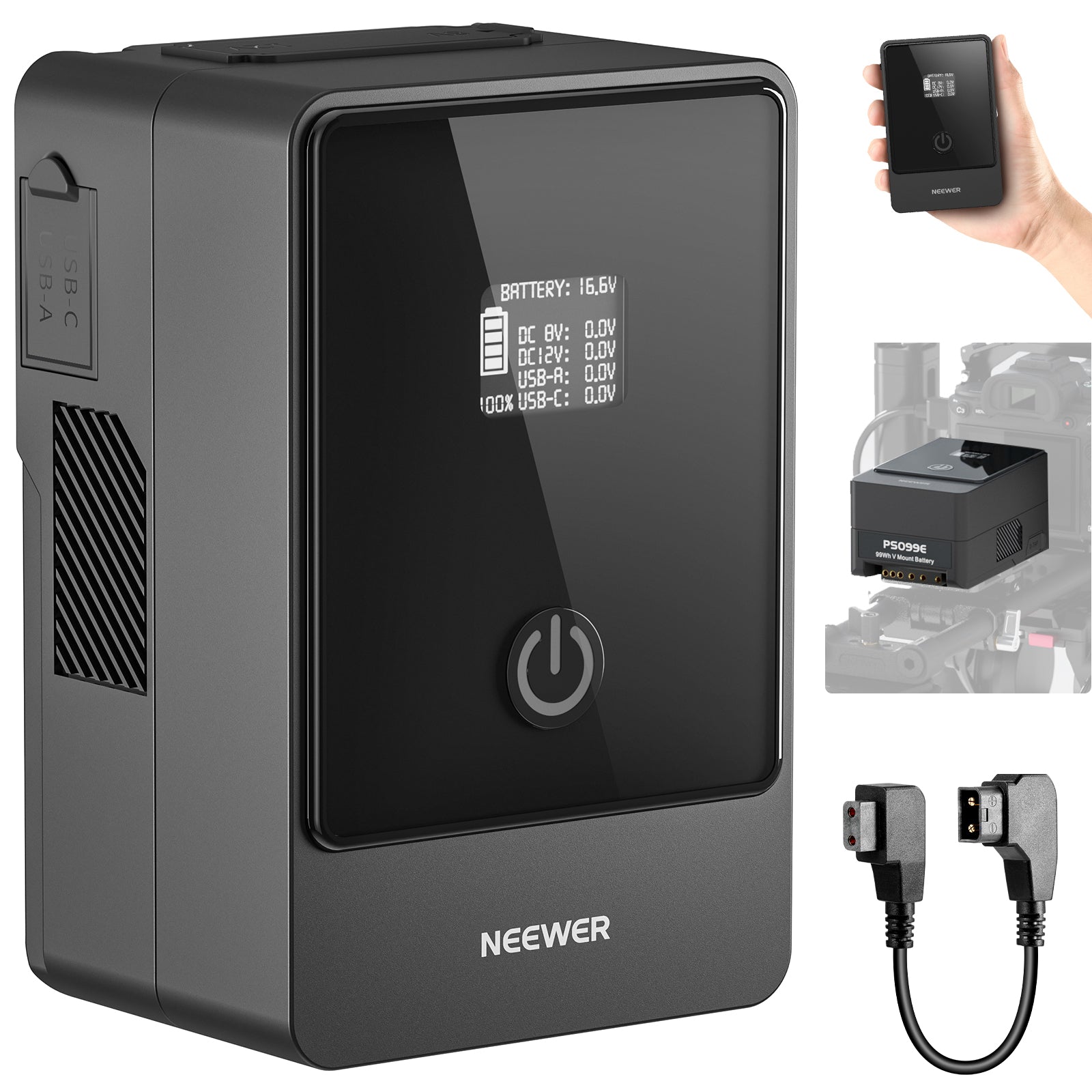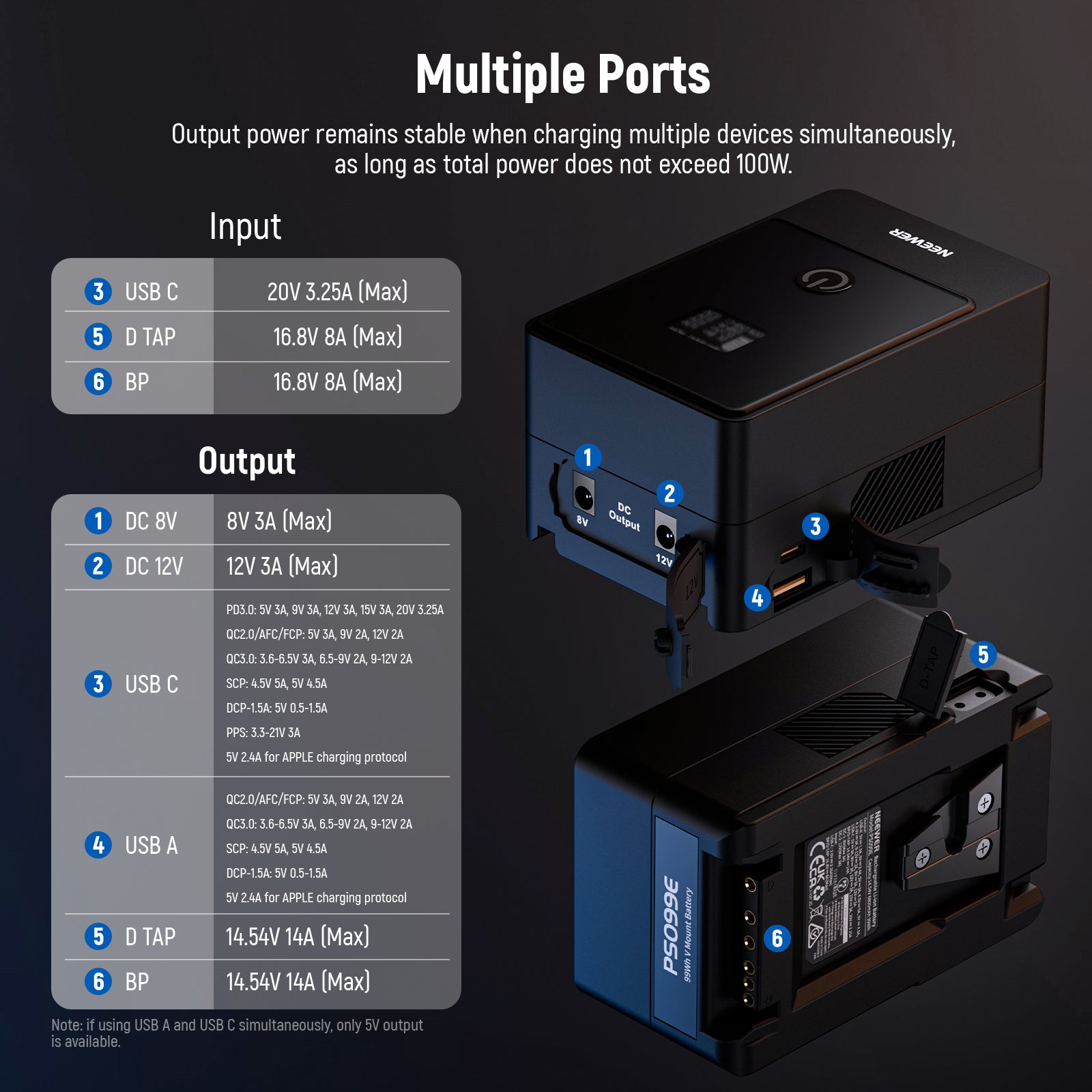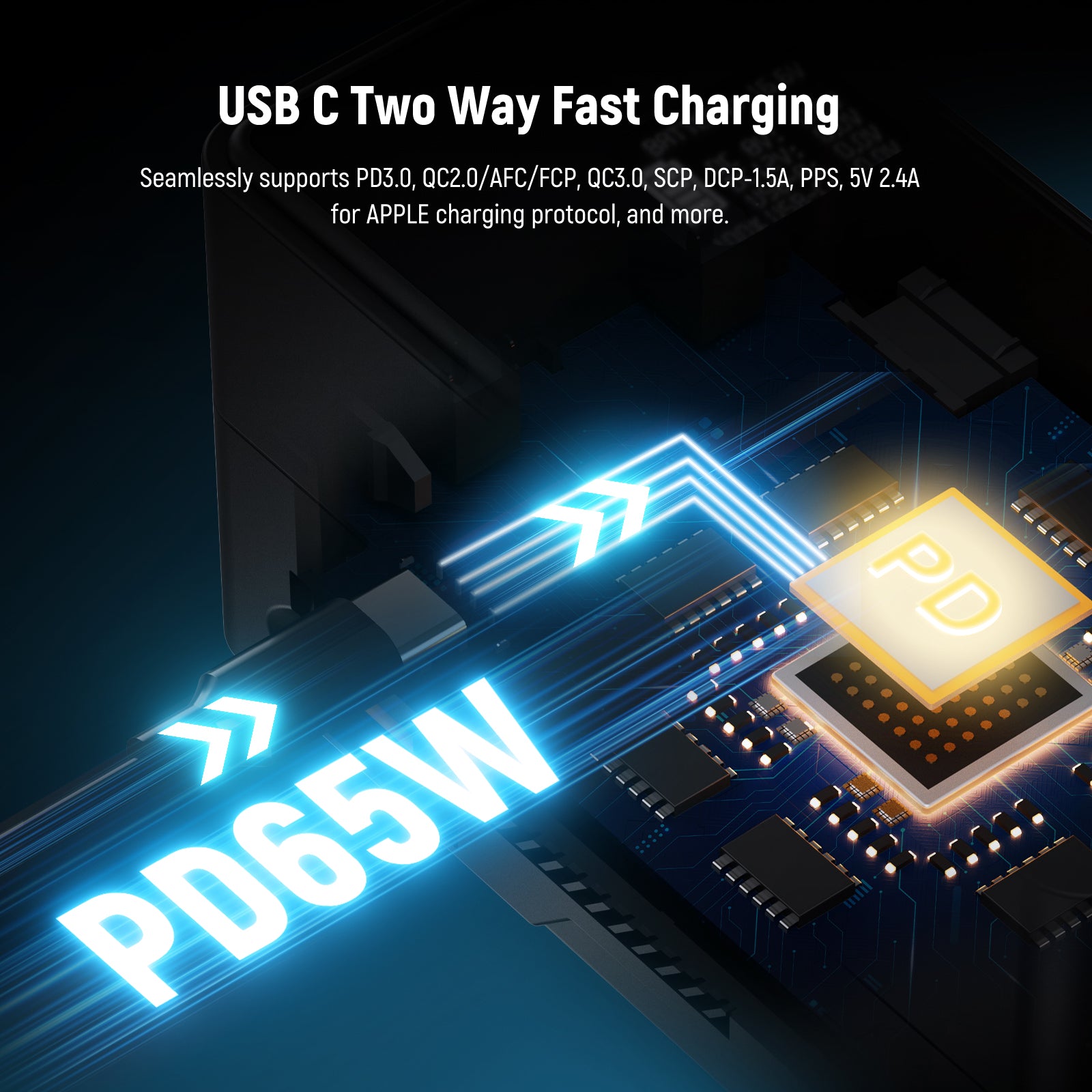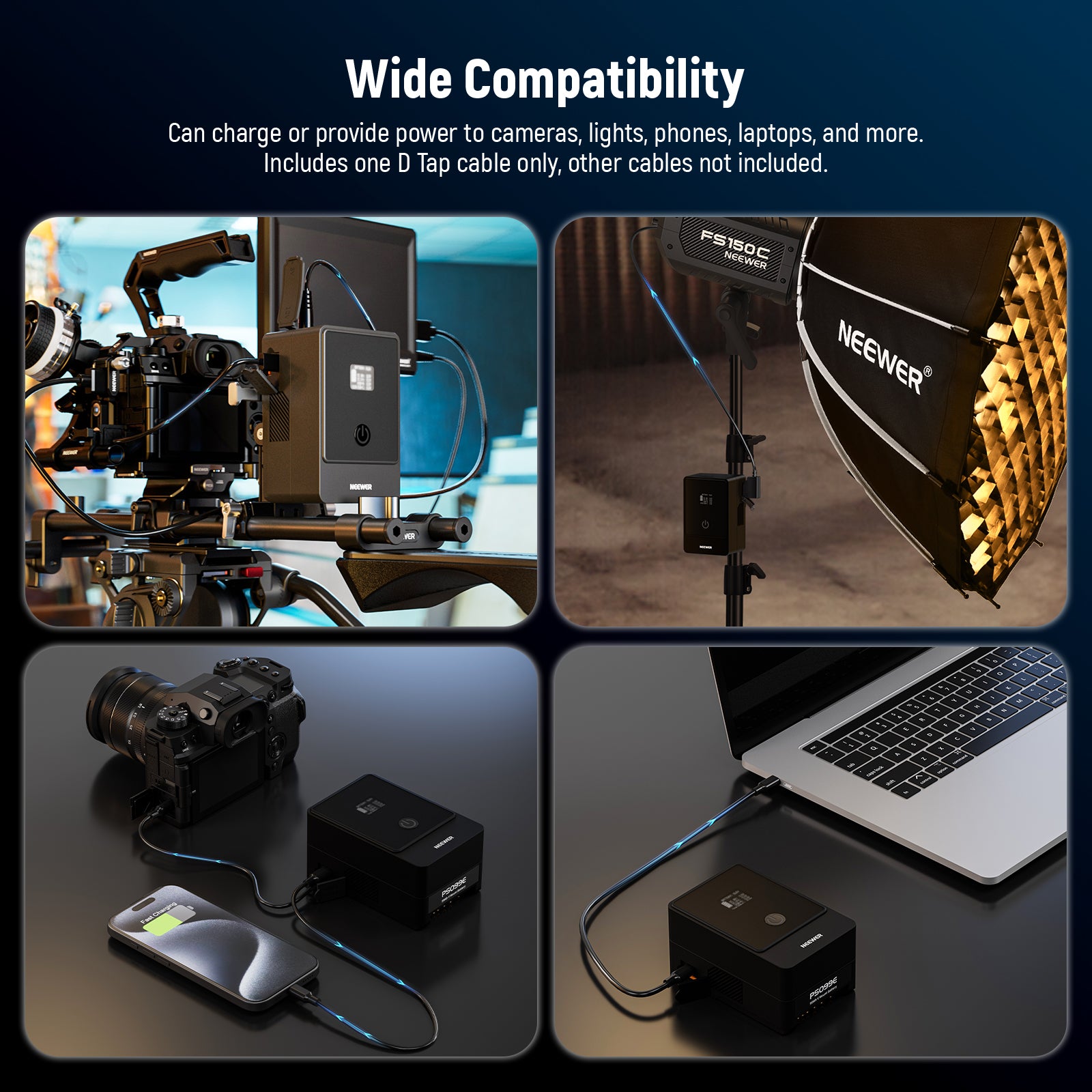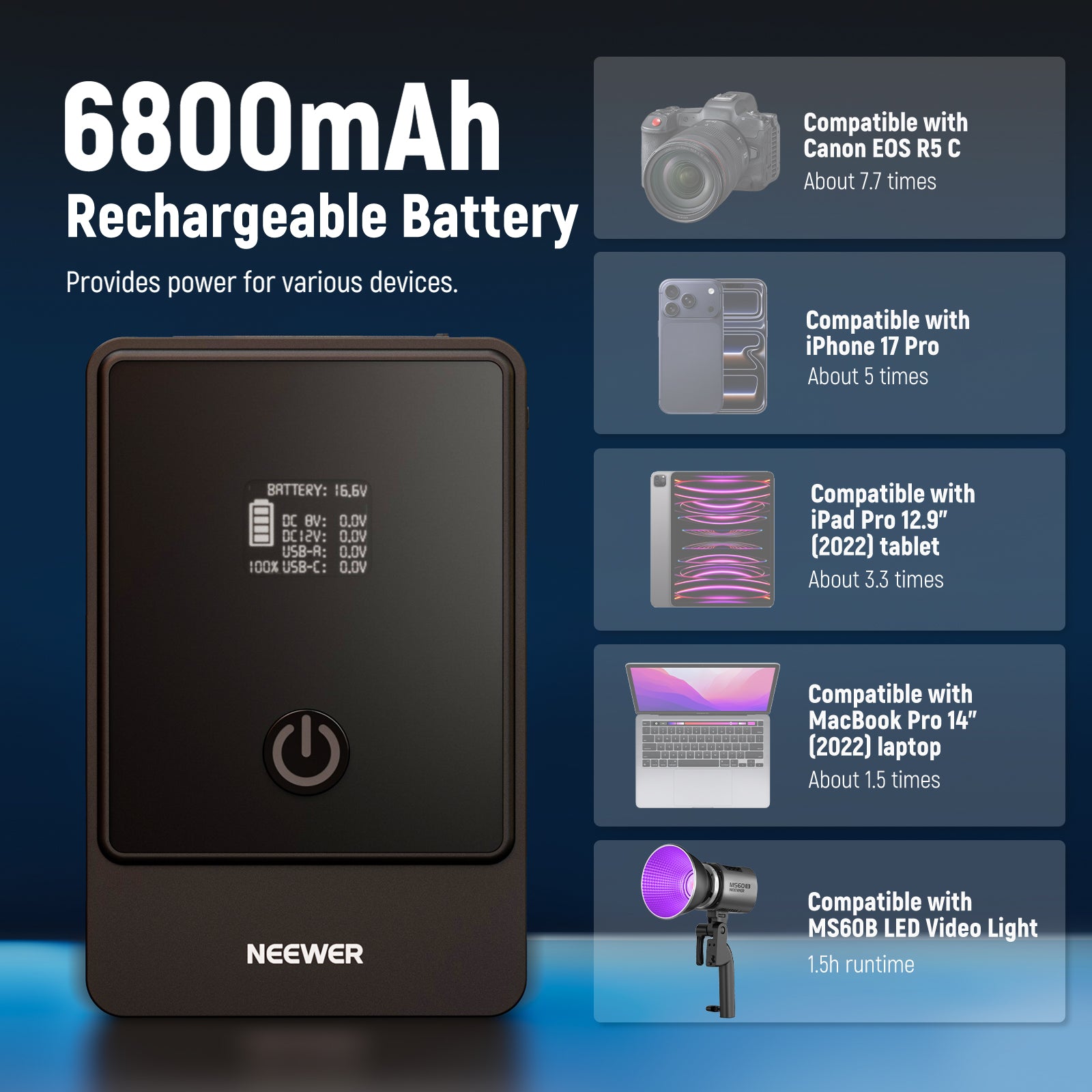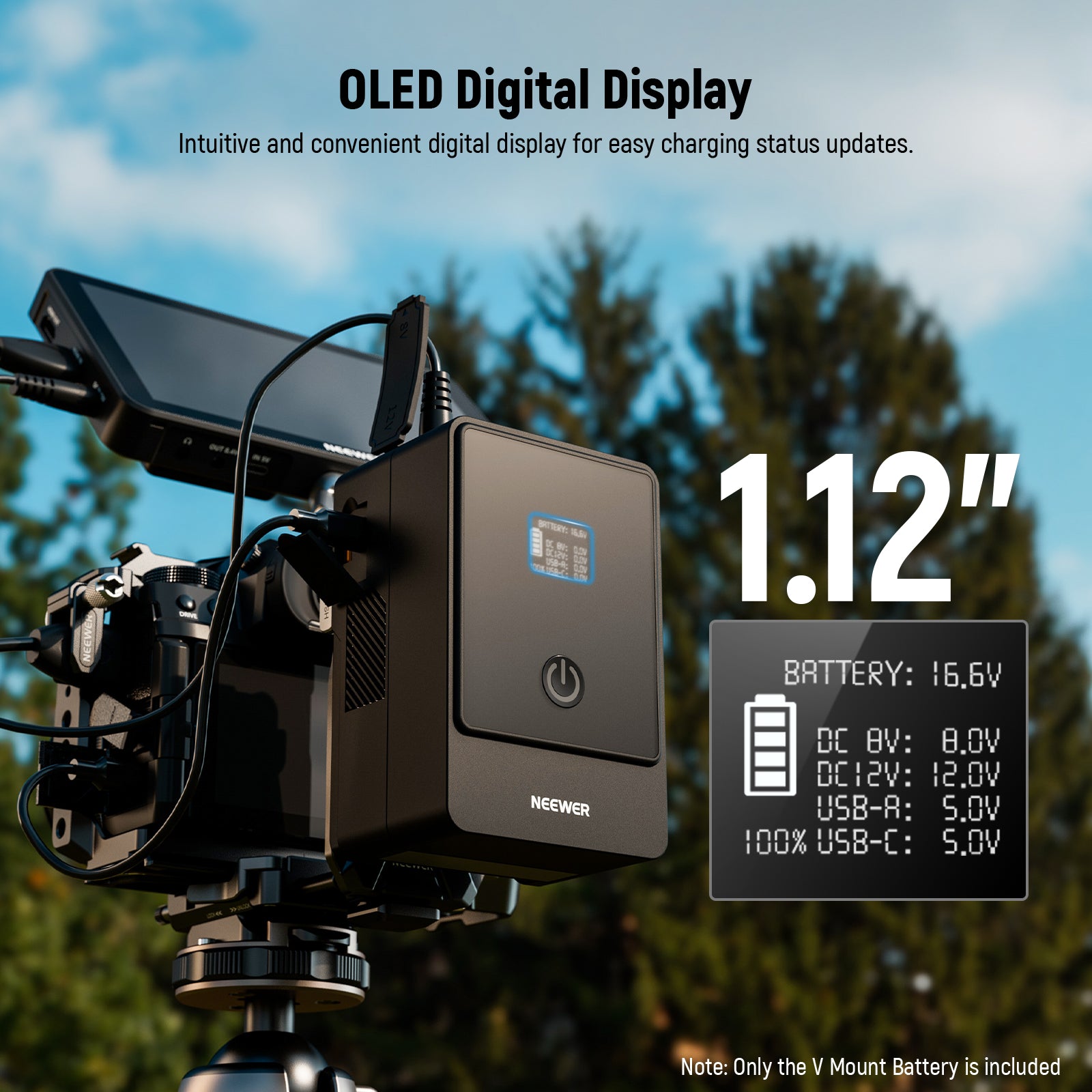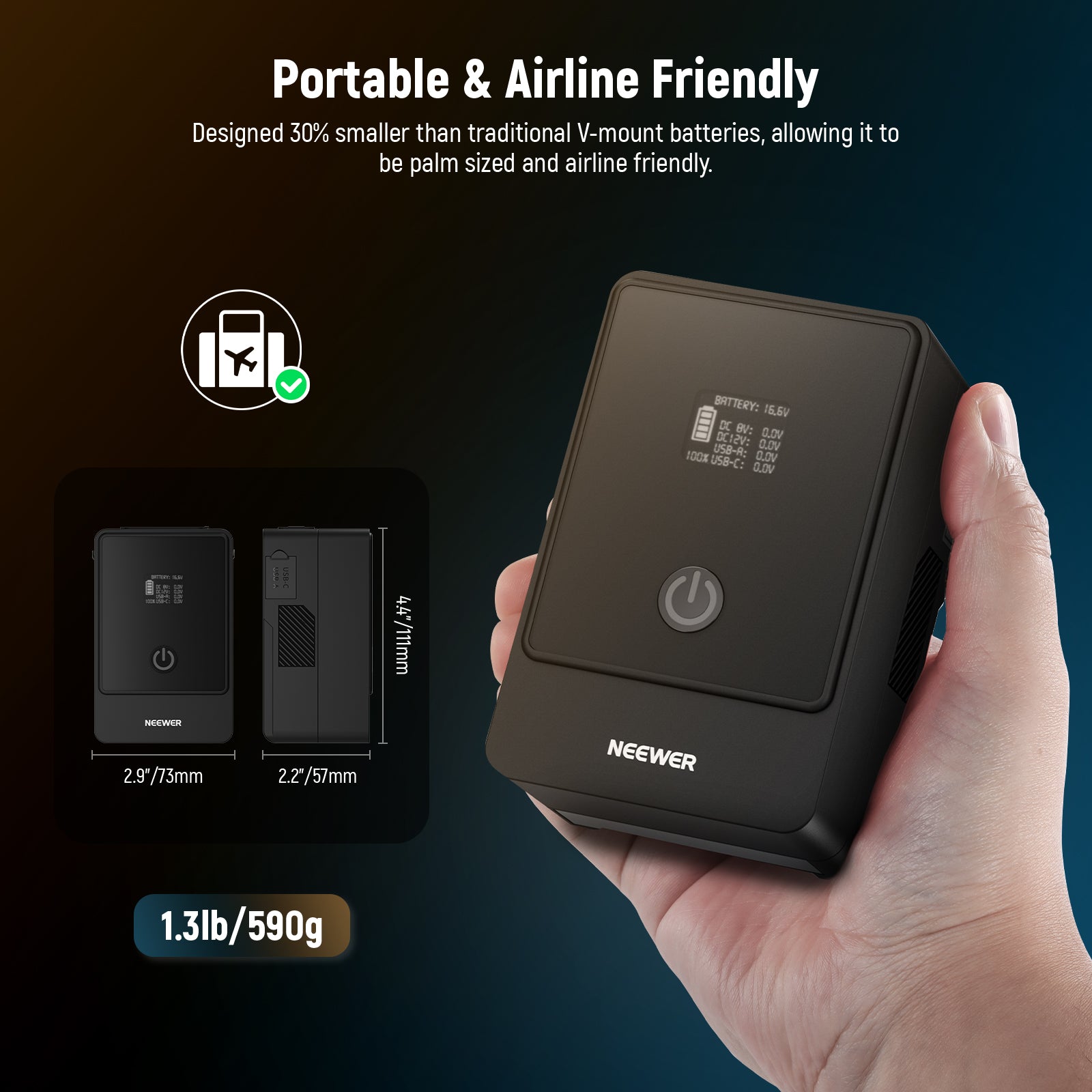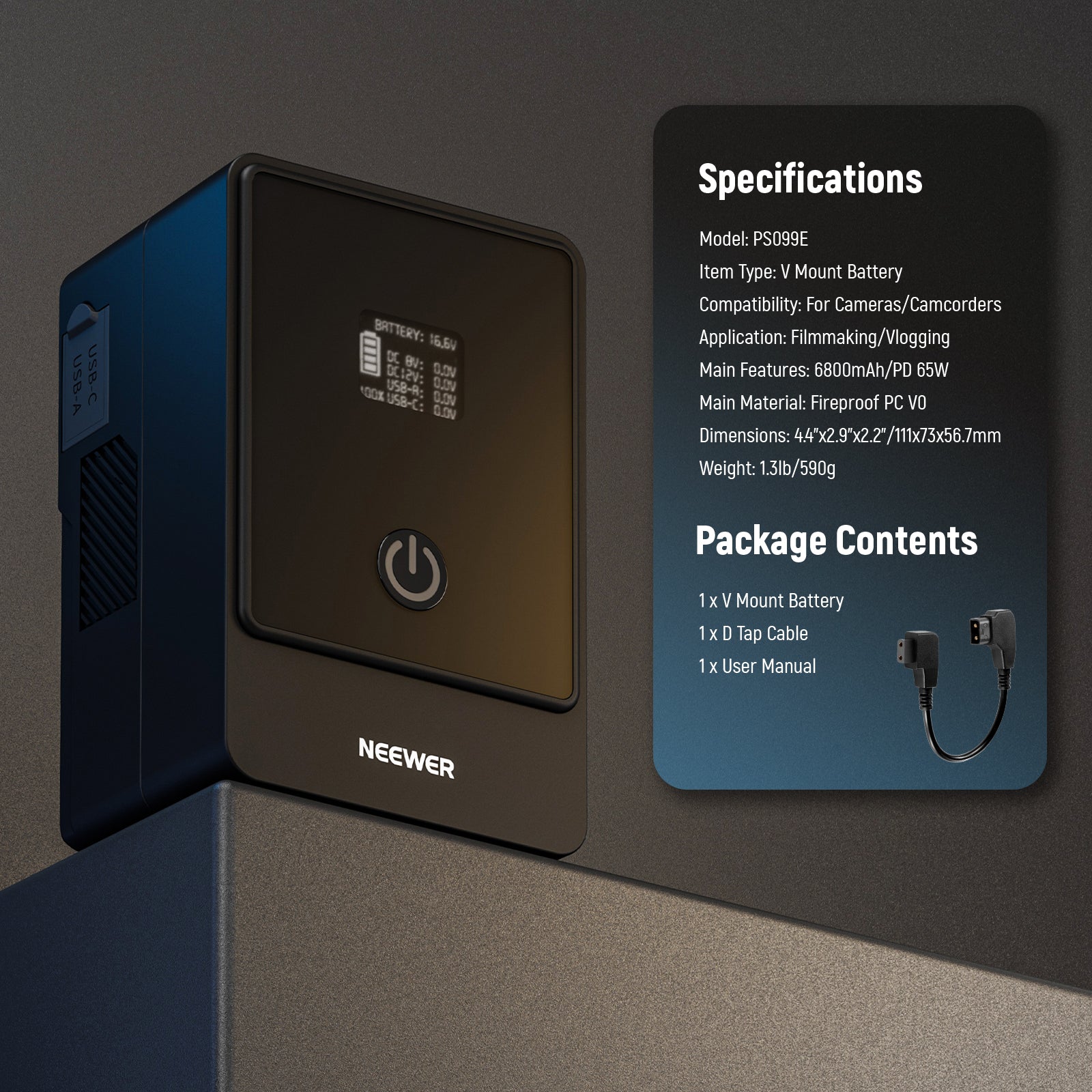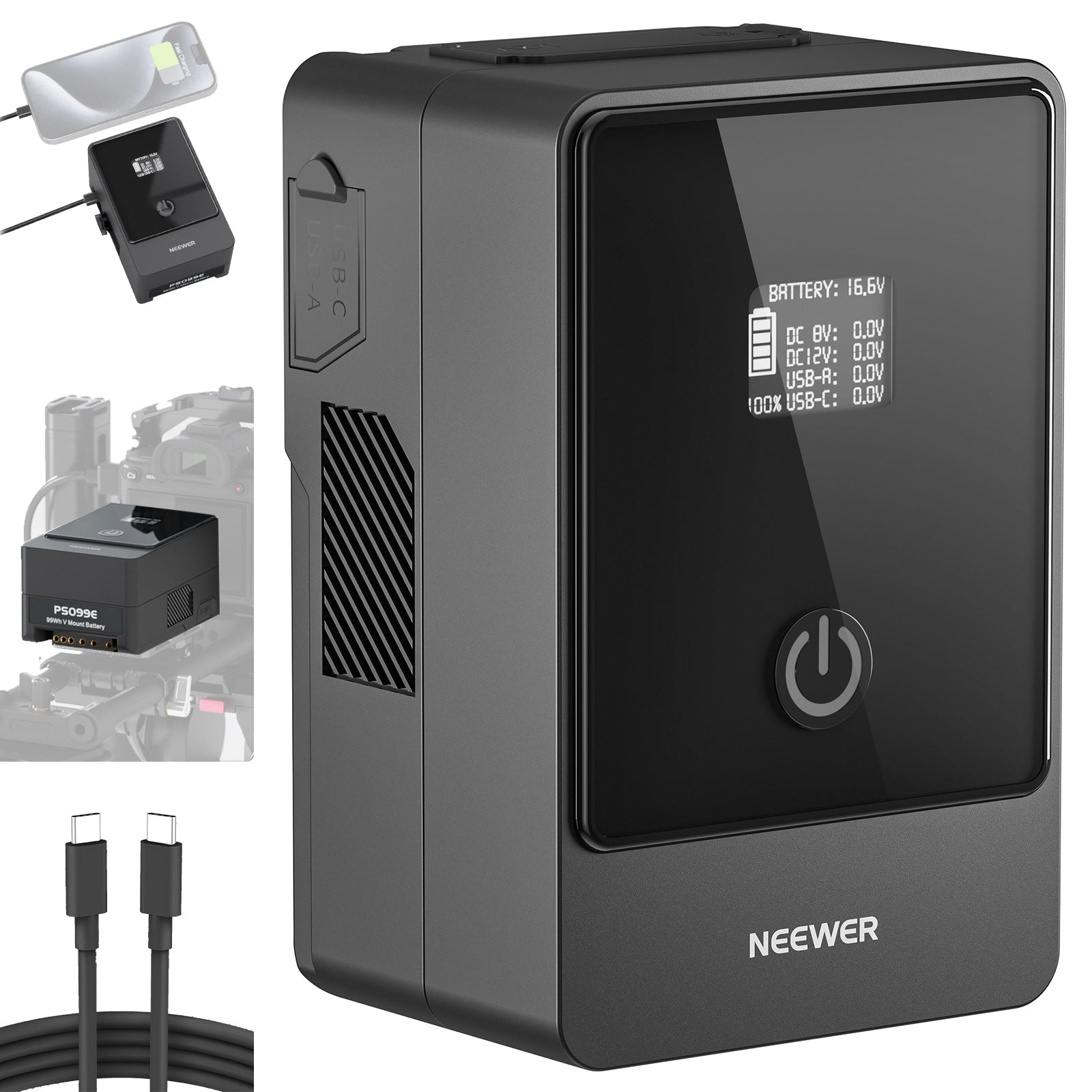Table of Contents
A macro lens for phones is your solution if you’ve ever wanted to capture the tiny details of a flower petal, the texture of an insect’s wing, or the glow of dewdrops— but your phone’s regular camera falls short. In this blog, we break down everything you need to know to start shooting stunning macro photos.
What Lens to Use for Macro Photography on a Phone?
Macro lenses for phones are used for macro photography. But not all macro phone lenses are created equal, especially when it comes to macro photography. The key is to find a lens that delivers true magnification without sacrificing image quality. Most beginners start with affordable, easy-to-use options that attach directly to their phone’s existing camera.
What Is a Macro Lens for Phones?

A macro lens for phones is a small, portable attachment that clips, magnetizes, or screws onto your phone’s camera to enable extreme close-up shots. Unlike your phone’s native camera, which typically requires at least 4 inches of distance from a subject to focus, these lenses let you get as close as 0.2 to 0.5 inches away. The best options offer 10x to 40x magnification, meaning they can make a 0.1-inch ant look 1 to 4 inches long in your photo— enough to see tiny hairs or body segments you’d miss with the naked eye.
To help you compare popular choices, here’s a breakdown of common macro phone lens types available in 2025, based on testing from trusted tech reviewers (Source: Consumer Reports, 2025 Mobile Macro Lens Buying Guide):
|
Macro Phone Lens Type |
Magnification Range |
Minimum Focus Distance |
|
10x – 20x |
0.5 inches |
|
|
Magnetic Macro Lens |
20x – 30x |
0.3 inches |
|
30x – 40x |
0.2 inches |
What Are Macro Lenses Used For?

Macro lenses for phones aren’t just for “close-up photos”— they unlock a whole new way to tell stories with your phone.
1. Capture Extreme Close-Ups
The biggest draw of a macro lens for phones is its ability to shoot details that are invisible to the naked eye. For example, a 40x lens can capture the individual pollen grains on a flower stamen or the tiny scales on a fish’s fin. In 2025, a study by Photography Blog found that macro photos of small subjects get 3x more engagement on social media than standard close-ups— because they show viewers something they’ve never seen before.
2. Create a Soft, Artistic Background
A macro lens for phones naturally creates a bokeh effect— a blurred, dreamy background that makes your subject stand out. Unlike your phone’s native camera, which keeps most of the image in focus, a macro phone lens narrows the focus to a tiny area (often just 0.1 to 0.3 inches wide). This is perfect for making small subjects like jewelry, food, or insects pop against cluttered backgrounds.
3. Get True-to-Life Magnification
Many phones have a “macro mode” (more on that later), but it often uses digital zoom, which just crops and enlarges the image, leading to grainy details. A true macro lens for phones uses optical magnification, meaning it bends light to make the subject appear larger without losing sharpness. For example, a 1:1 macro lens (common in mid-range options) makes the subject appear life-size on your phone’s sensor— so a 0.5-inch ladybug will take up 0.5 inches of space on your screen, with every spot and line clearly visible.
4. See the World Differently
Macro photography turns ordinary objects into extraordinary subjects. A rusty nail becomes a landscape of texture, a drop of water becomes a tiny prism, and a piece of thread becomes a thick, twisted rope. Outdoor enthusiasts are using macro lenses for phones to document rare fungi or insect species, while food bloggers use them to highlight the crispness of a crust or the juiciness of a berry.
When to Use a Macro Lens for Phones?

Knowing when to pull out your macro lens for the phone will help you get the best shots. Here are the ideal scenarios:
- Outdoor mornings (6 AM – 8 AM): Dewdrops on grass or flowers catch soft morning light, making them glow in macro photos. Avoid midday sun— it creates harsh shadows that hide details.
- Indoor product shots: Use a macro lens to show the quality of jewelry, like tiny engravings, electronics like small ports, or cosmetics like the texture of lipstick.
- Creative nature shots: When hiking or gardening, use your Macro Lens for Phone to capture insects or plant details.
- Low-light events: If your macro lens has a built-in LED light, use it to shoot small details at parties— like the texture of a cake, the sparkle of a sequin dress, or the details of a handmade gift.
Macro Mode vs. True Macro Lens: What’s the Difference?

Almost every new phone in 2025 has a “Macro Mode” in its camera app, but don’t confuse this with a true Macro Lens for Phones. The two work in completely different ways, and the results are noticeable:
Phone Macro Mode: This is a software trick that uses digital zoom and AI to “simulate” macro photos. It crops the center of your phone’s image and enlarges it, then uses AI to sharpen the details. Most macro modes only go up to 8x magnification and can’t focus closer than 1 inch. It reduces the image’s resolution, so photos often look grainy when you zoom in or print them.
True Macro Lens for Phone: This is a physical lens attachment that uses optics (not software) to magnify the subject. Most options offer 10x – 40x magnification and can focus as close as 0.2 inches. Because it doesn’t crop the image, the resolution stays high— so photos are sharp even when enlarged or printed. A 2025 test by Digital Camera World found that true macro lenses produce images with 2x more detail than phone macro modes.
For example, if you take a photo of a bee with your phone’s macro mode, you might see the bee’s body, but the wings will look blurry. With a 20x macro lens for phones, you’ll see the tiny veins in the wings and even the pollen stuck to its legs— all without grain.
At the end of the day, Macro Mode is great for quick shots, but a true macro lens for phones is the way to go if you want to take your close-up photography to the next level. Whether you’re a beginner experimenting with nature shots or a hobbyist looking to sell product photos, a quality Phone lens attachment will help you capture details that make your photos stand out.

